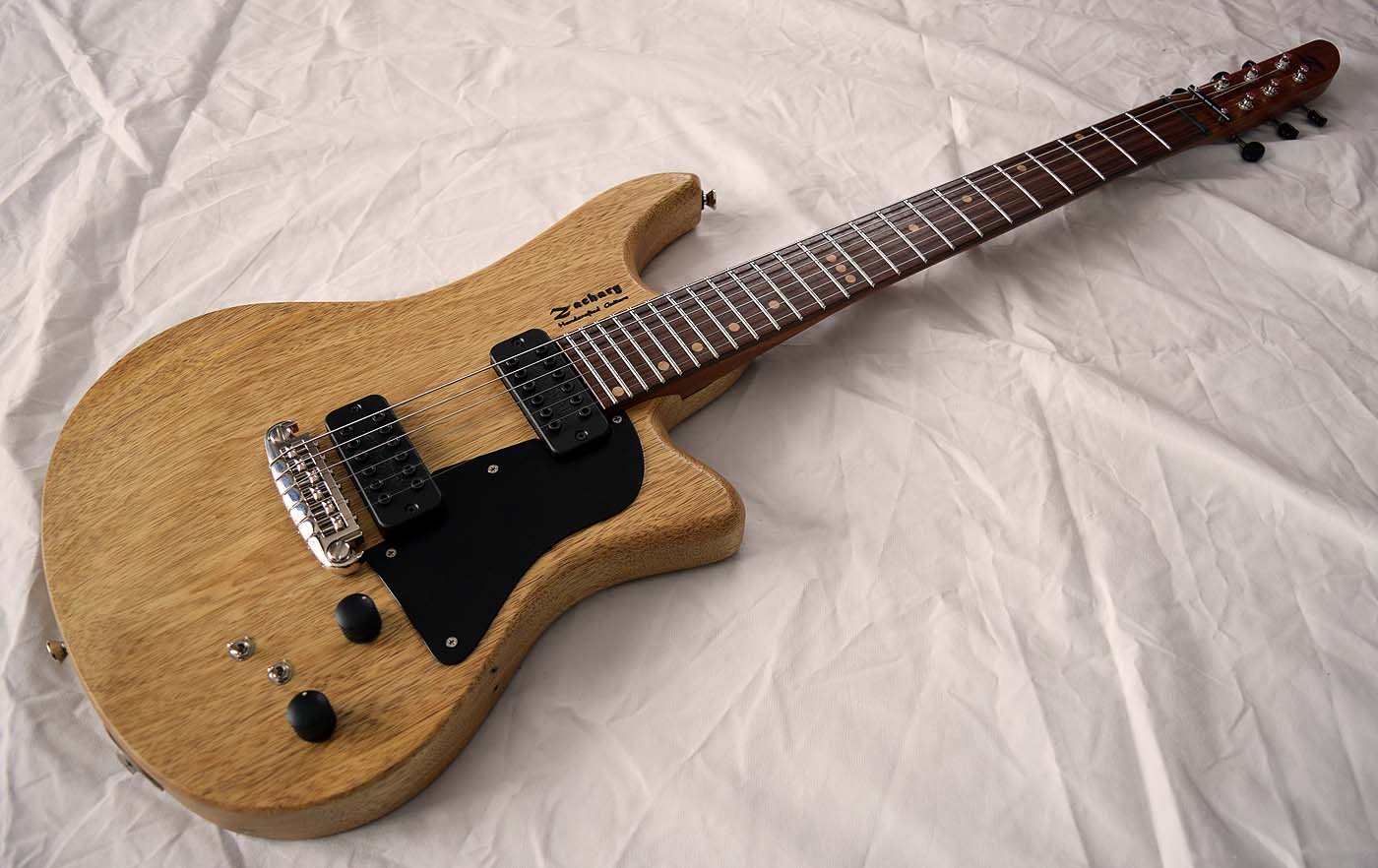
Body
Style |
Body
Wood |
Neck
Wood |
Fbd.
Wood |
Scale |
Tuners |
Frets |
Pickups |
Switching |
Neck Joint | Strings |
Weight |
Price |
|---|---|---|---|---|---|---|---|---|---|---|---|---|
Z5 |
Korina (one piece) |
Mahogany |
Pau Ferro |
624 mm |
Kluson-type |
24 Medium |
Neck: ZachAttack Bridge: ZachAttack |
Volume, Tone 3-way pickup select 2-way coil select |
Spiked |
ZOG 10+RW |
6.1 lb |
$2720 with case |
I just could not resist using this nice one-piece of Korina full of worm holes and the imperfection I had to fill. I love flaws, inconsistency and spontaneity. The opposite of what you will find at your local guitar shop. These are all human qualities and give life to an instrument. You certainly do not expect sterility and uniformity from me. You can get that at any guitar shop. However, I do understand that I destroy the aspirational aspect of being a guitar enthusiast, in that your guitar heroes did not play a Zachary. A novel concept however, in any form of art is to be original. You may want to consider that and be noticed much easier.
Its Korina, so I unavoidably went into vintage Gibson mode. If you know a little guitar history, you already know that Korina was the unique wood used for the iconic Gibson Flying V and Explorer of the late 50s. Korina like a softer and lighter Mahogany. This dictated my choice of the hardware, as the whole theme came together. It had to be followed up with a Gibson style pickguard made of a 50s-era fiber material, which I polished. If you know a little guitar history, you will have already identified this pickguard shape as that of the Gibson Les Paul Special. Being a neurotic for detail, I certainly would not just use wood screws in such a soft wood. They would not hold reliably, so I pressed into the Korina, little brass threaded inserts for the pickguard screws. The wrap-around bridge, is consistent with the Les Paul Special and the ZachAttack pickups are similar in shape and size to Gibson P90 pickups, found on the same vintage guitar. Oh, yes, what kind of a slob would stick heavy modern sealed tuners on such a guitar? If you would, then shame on you, you imbecile. It must have the same tuners as Gibson used in the 50s and the particular guitar this one is inspired by. Again, it all has to be consistent if you follow a historical theme. Its about respect for detail, knowledge of guitar history and adherence in honoring a particular brand/model-sensitive theme. I even used medium size frets, instead of my usual jumbos, since they never had jumbo frets in the 50s.
There is one more thing it must have to be a consistent and a legitimate historical representation. Can you guess what that is? Its the scale-length of course. This is not the current Gibson scale length but the slightly shorter vintage Gibson scale length, as used in the 50s. Details, details.Now, here come the improvements. You will not get the glued-in neck but instead you will get the innovative and much improved spiked neck joint, for unmatched longer sustain, a tighter tonal definition, as well as very easy neck angle/string height adjustability for that perfect Zachary setup. "Nice one Alex".
You will also get more variety of tones from the ZachAttack pickups with my usual switching system. You will also get the expected wider neck of a Zachary guitar, along with the very solid and indestructible Z straight-through headstock design. You will get a wrap-around bridge but with intonated saddles on a guitar which is light weight and very resonant. Did I miss anything?
Yes, I certainly missed a very important thing. New on this guitar and the first time using them are threaded metal inserts in the neck. I am not the first one to use this type of screw for the neck but I am the first to use the Spike for the neck to to be seated on.
As I mentioned before, having wood flush on wood, as are most bolt on or screwed on necks and as pioneered by Fender, results in a dampening effect and it also allows for neck movement, no matter how tight you have tightened those screws. What a bitch that is. A fender already has a too narrow neck, so if the neck moves only slightly from side to side, you will see either your high or low E hanging off the fingerboard. Not very smart Leo, I can tell you were not a player. You can imagine the agony and torture poor SRV had to go through with this bad design and if Jeff Beck's perceptional abilities were only as good as his amazing guitar playing skills. But I digress.
Contrary to what some may have been led to believe (as idiots tend to lead idiots), the neck must be raised above the flat neck pocket to maximize tone. You will hear much better definition of the notes, an improved frequency response (with clearer lows and brighter highs), and higher acoustic volume. Along with all this improvement comes, as expected, much longer sustain from every note. What you are doing by putting the neck on a metal spike, is eliminating the dampening effect of the flat neck and body coupling, by transferring the resonance to the body through a very concentrated, sharp and hard metal point. Its actually metal on metal. The metal spike on which the neck rests, is seated in a metal concave base in the bottom of the neck. It just fits perfectly in this metal base and rotates within it, as you raise and lower the neck angle, to attain the best action. Again, I must stress that the amazing thing is that its metal on metal contact and because its a metal depression that the spike sits it, the whole stability of the neck is immobilized at the same time. This results in maximum stability for the neck. Just an extremely solid system. Leaving the spike in the same position screwed through the body will ensure that no matter how many times you remove the neck, it will sit in the same angle and position, ensuring that you will not have to do any adjustment to your setup.The metal inserts are the best, knife edge, Stainless Steel, which will never rust. These inserts along with the matched stainless steel machine screws (no longer wood screws) will enable you to remove and install the neck repeatedly. Wood screws thread into wood and wear out the wood, while machine screws screw into metal threaded inserts. One advantage, which comes to mind is for travel. You may be able to carry your Z guitar up to your seat in smaller carryon luggage and not have to check in a large guitar case, which the cavemen will try to destroy.
The bottom line is that what has been achieved by the spike in terms of tone is the result of a much more acoustically/mechanically efficient neck joint. Using metal inserts and machine screws and tightening the neck really tight is not enough. The magic is in the metal spike. To be totally accurate, the neck and the body are separated and work as independent units. I bet you never read this in a guitar magazine before. The advantage of separating the neck and the body sonically is because neither the neck and the body are sound generators, only the strings are and the strings can vibrate only as efficiently as determined by their solid anchoring foundation. If the strings are anchored the most mechanically efficient way, they will vibrate and resonate with more power, more efficiency, resulting in a better sounding string, a freer vibrating string. Remember that wood is not a hard material and very porous, like a sponge. Metal is much harder. The large flat wood area of the neck pocket and the neck flush against each it will only dampen the vibrating string. A Fender and its equivalents have nothing more than a butt joint. The worse joint there is. Its not a solid joint and its not the best for tone.
The spiked neck joint has the same effect as spiked speaker stands have on the vibration of speakers, as I had explained in the previous Z guitar page, which was the first one to have a spiked neck joint. As with speakers you must get them off the floor and put them on sharp metal spikes. The same way you also need to get the neck off the body of the guitar and put it on a solid, immobilized metal spike.
The beauty of the system is that the 4 neck screws, (which are stainless steel machine screws, instead of wood screws), are threaded into stainless steel inserts, which push the neck down tight, but not onto the flat wood of the neck cavity but the steel spike. This is one solid coupling. "Nice one Alex but my uncle did this on his guitar 34 years ago." Bull fucking shit he did. The same way he also invented Optimized string sets right?
Art is not about the actual activity of just building something. Its expressing one's personality through the creation of an object, which encapsulates, represents and illustrates the depth, creativity and individuality of the artist. Its a material presentation of the creator's soul. Ultimately its a representation of the artist. Building a guitar is no different from writing a poem or composing a song or having sex with a woman. A piece of art is communication. It has to tell you something and must move you in regardless of what direction. An instrument cannot be just an inanimate object. It has something to say. This is what separates a piece of art from just an object. It all has to do with style, technique, detailed knowledge, passion and emotion. What you are looking at here is not a guitar, but instead you are looking deep into my soul. I provide you a window and permission to look in. Art is a a revealer of the artist. You can actually peek into the artist's psyche, as the artist reveals personal information through the art object he created. The way one performs something in life is the same way that person executes everything else in life. Art is revealing. Its the unique signature; displaying style, temperament, skill and method of approaching everything. This communication from the artist to the audience can only be possible and can only be art if its created by the hand of a single person and not by programmed machine. Its not something anyone can learn. You need to feell the need to communicate and have the ability to articulate it, using whatever media you happen to choose. A masterpiece is anything created which embodies the perfect connection between form and function. Great design, functional and aesthetic, creates a masterpiece as defined by everything perfectly alligning, fitting and working together. A masterpiece is something in perfect balance, as when hitting a ball dead center in the sweet-spot. You know the feeling.
Now... how the fuck could you ever say that about the guitars hanging on your wall? You cannot and I feel sorry for you. This instrument is like a living, breathing, moaning, hyper-responsive woman but what you have is a dead, plastic, inanimate manikin, maybe in the context of both a partner and a guitar. This is to be avoided or it will take its emotional toll and rob your of your mental and physical health. Its like never knowing what it feels like to make love to a real woman. How is that for a fitting analogy?
So, what do we have here? The equivalent of a highly sexually responsive woman, who reacts to every touch and will immerse you in a state of altered consciousness. You will find yourself lost in a transcended condition, surpassing the ordinary and the merely physical.
Something which you don't just act upon but it actually acts upon you.I think you deserve her. Don't you?
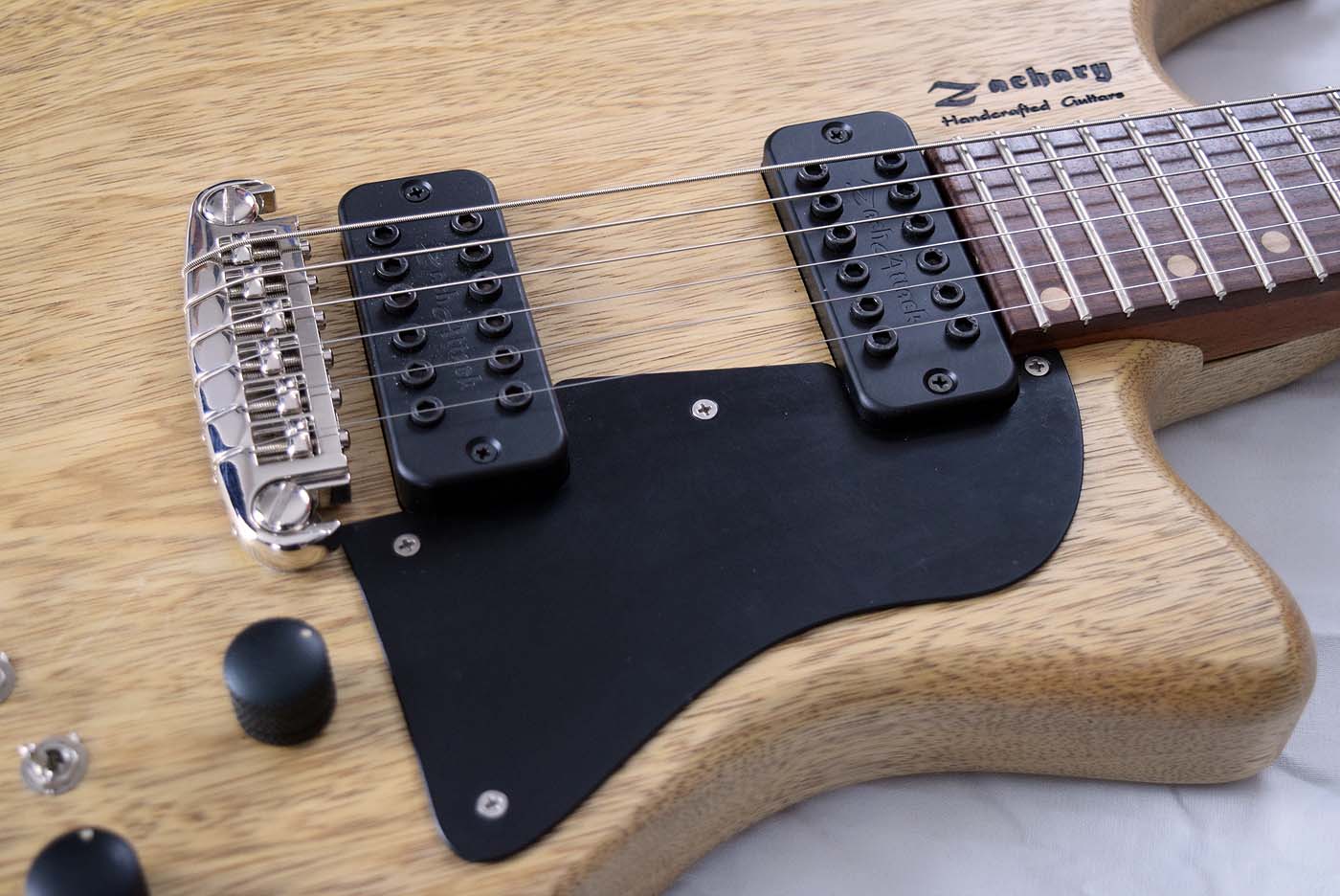
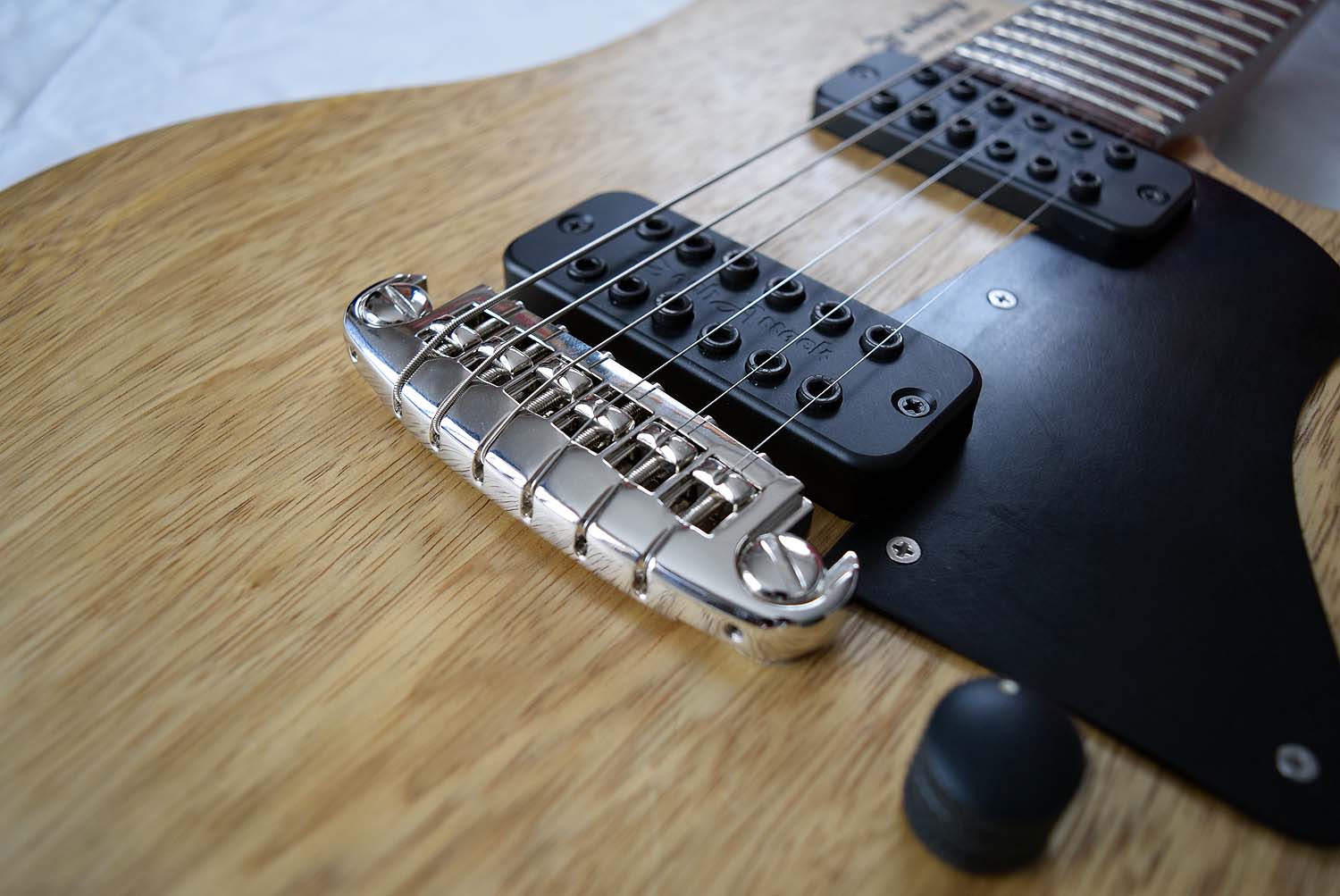
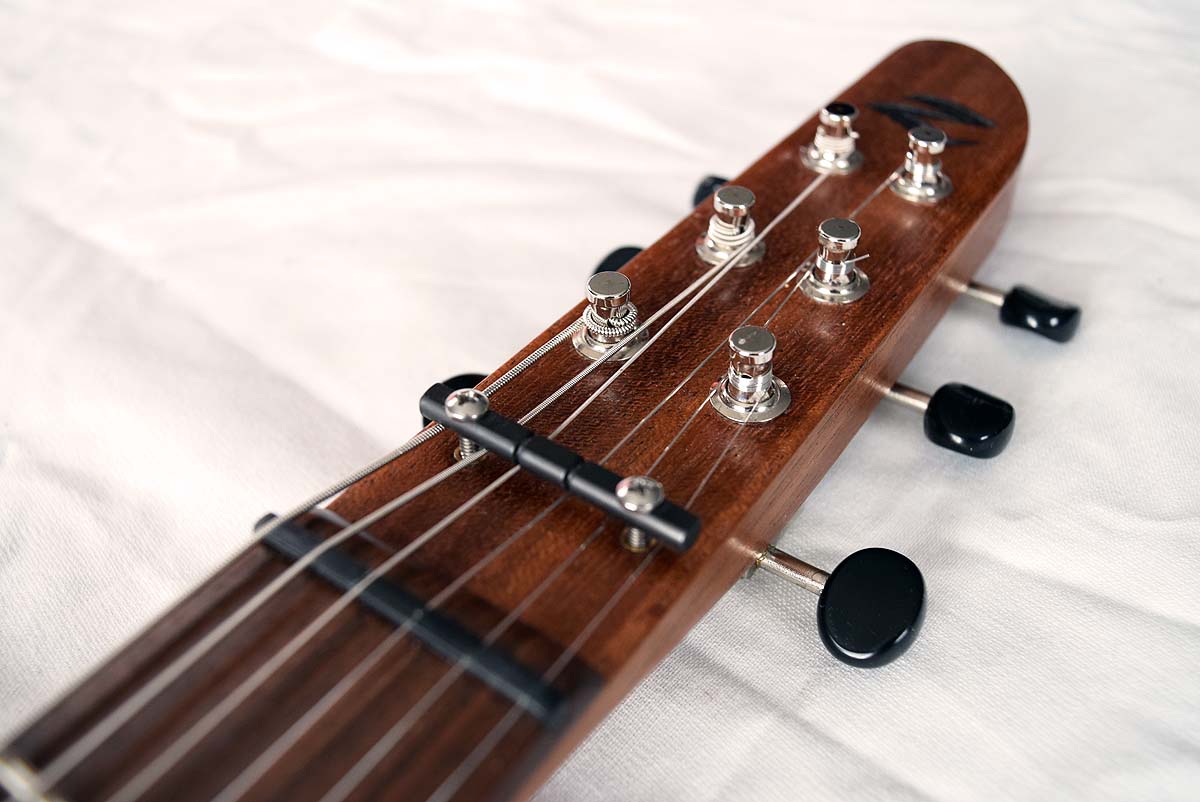
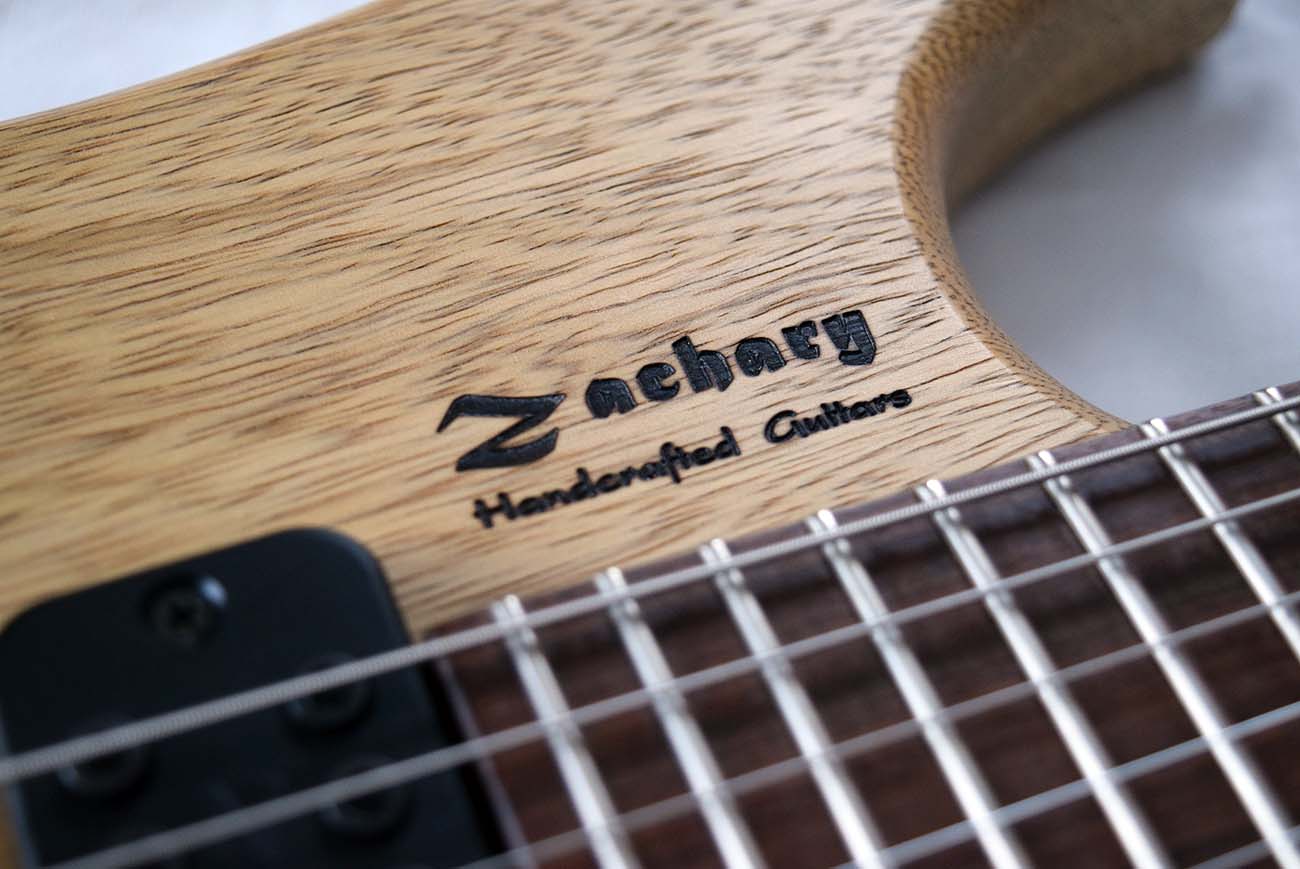
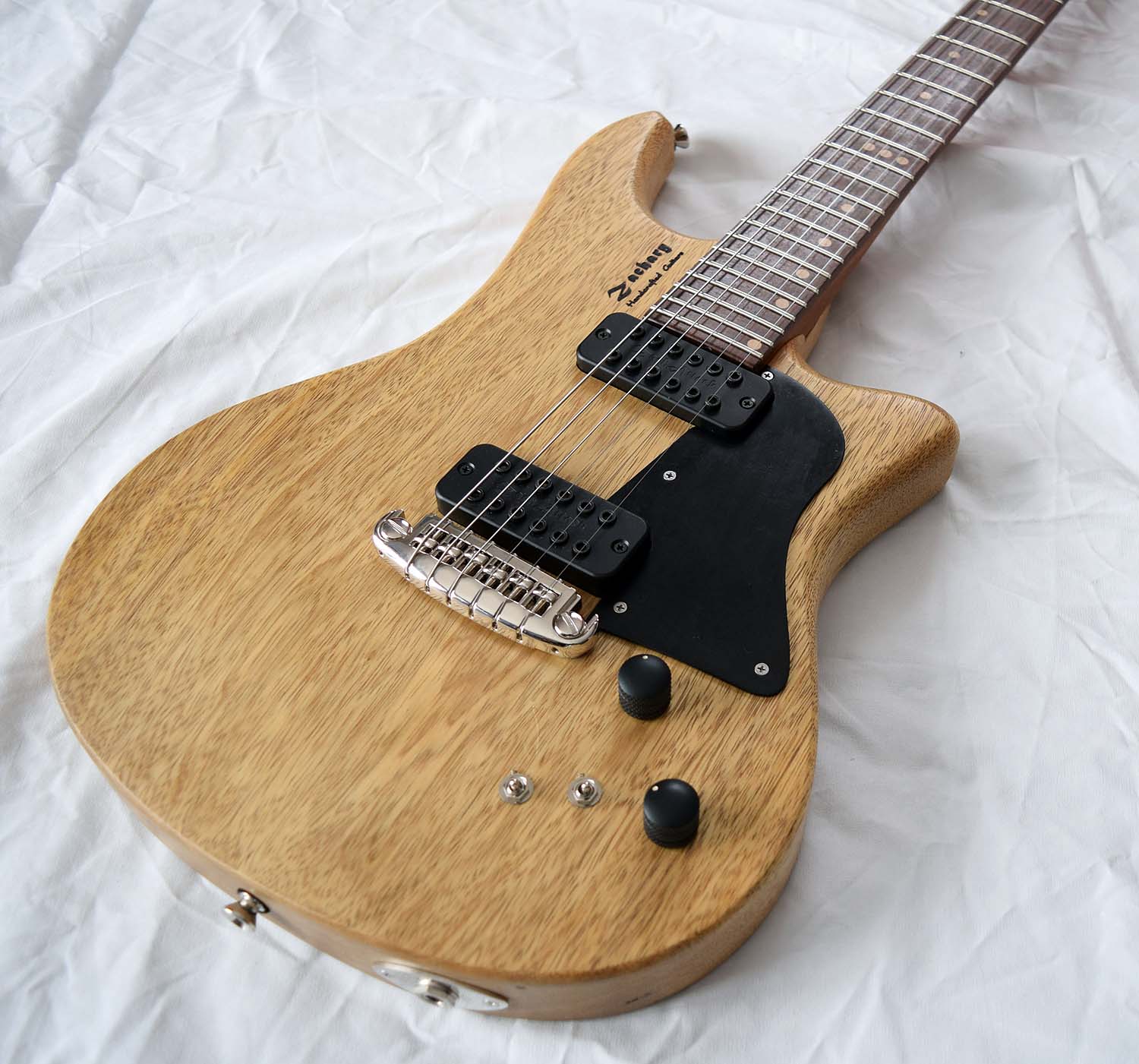

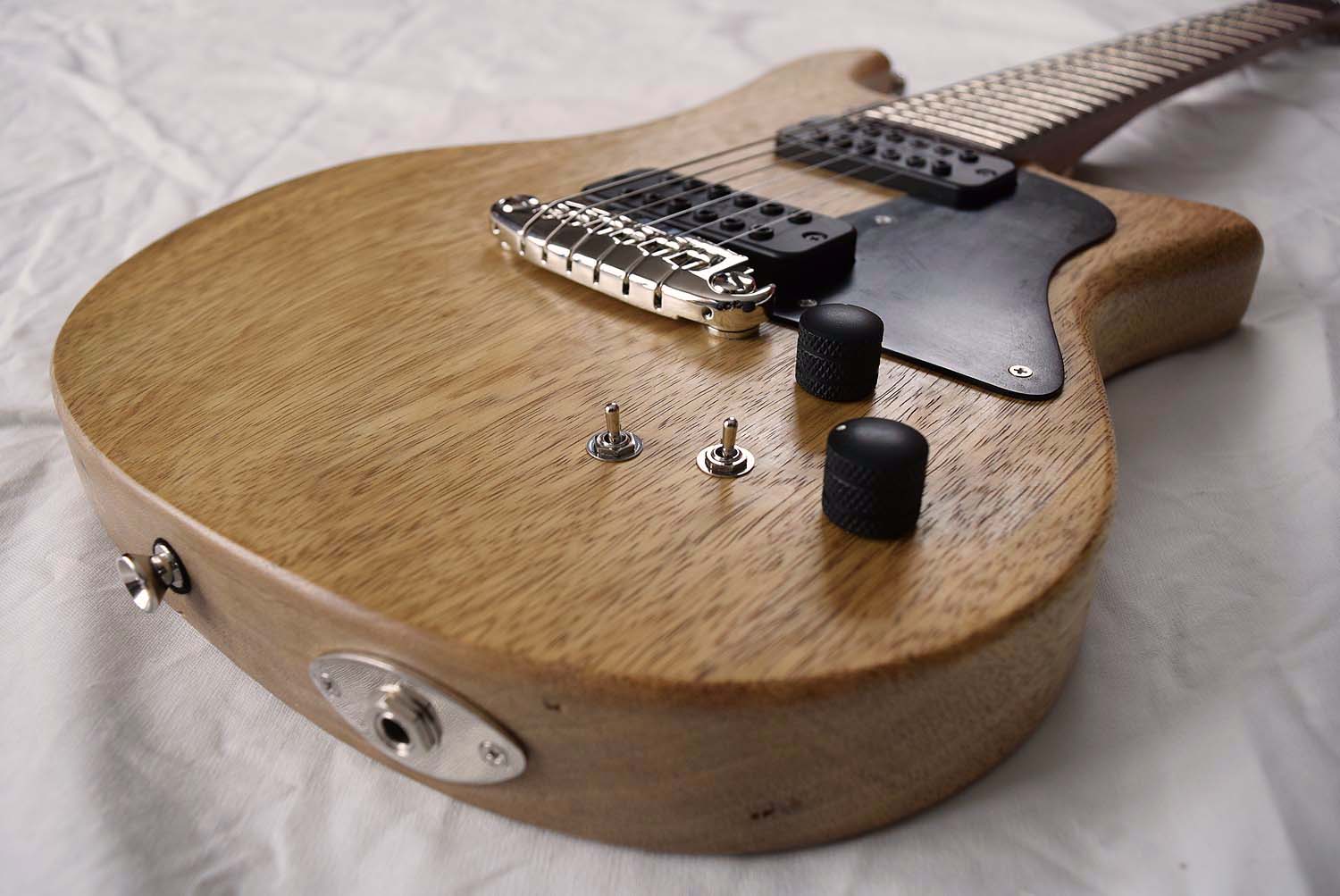
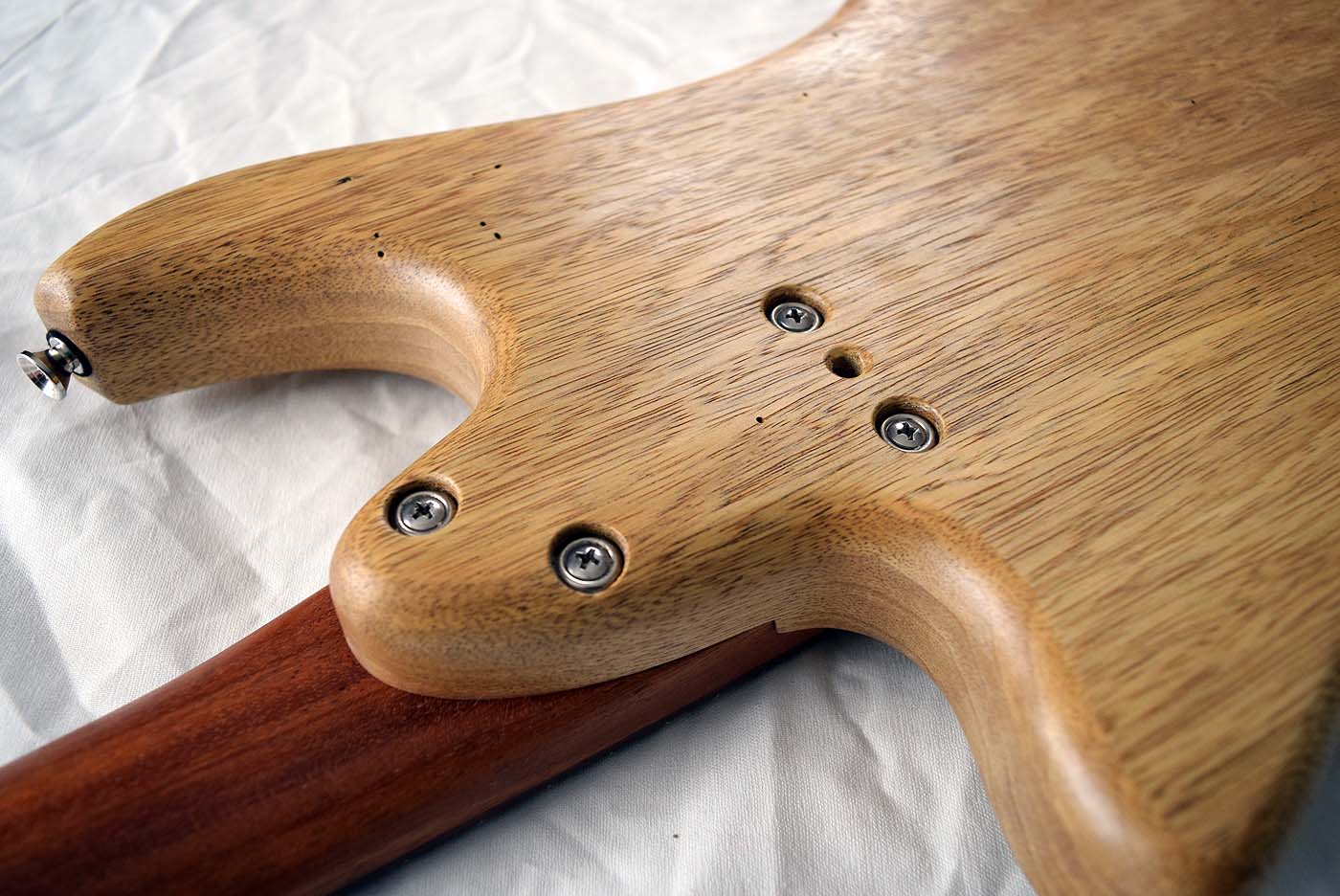
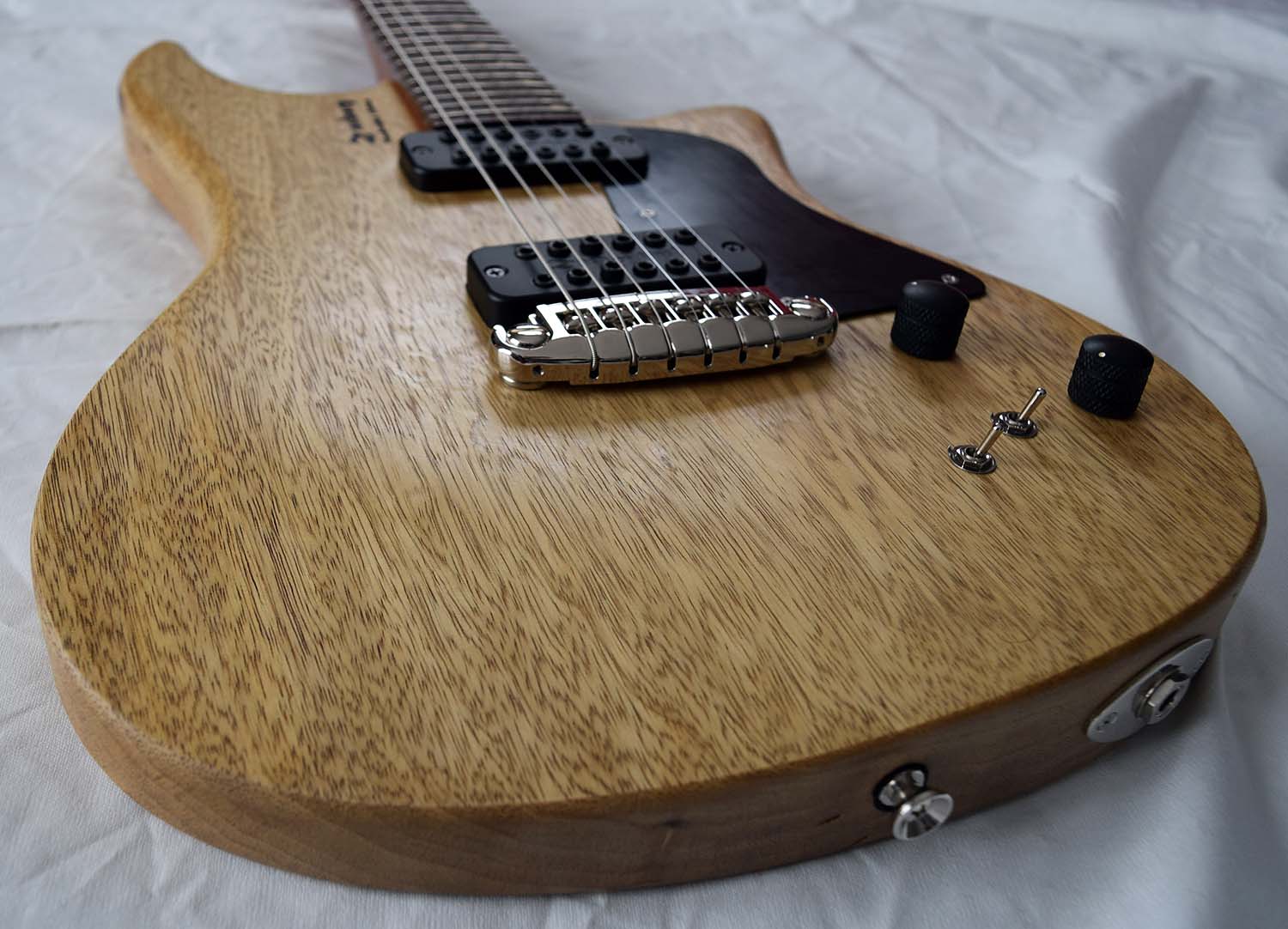
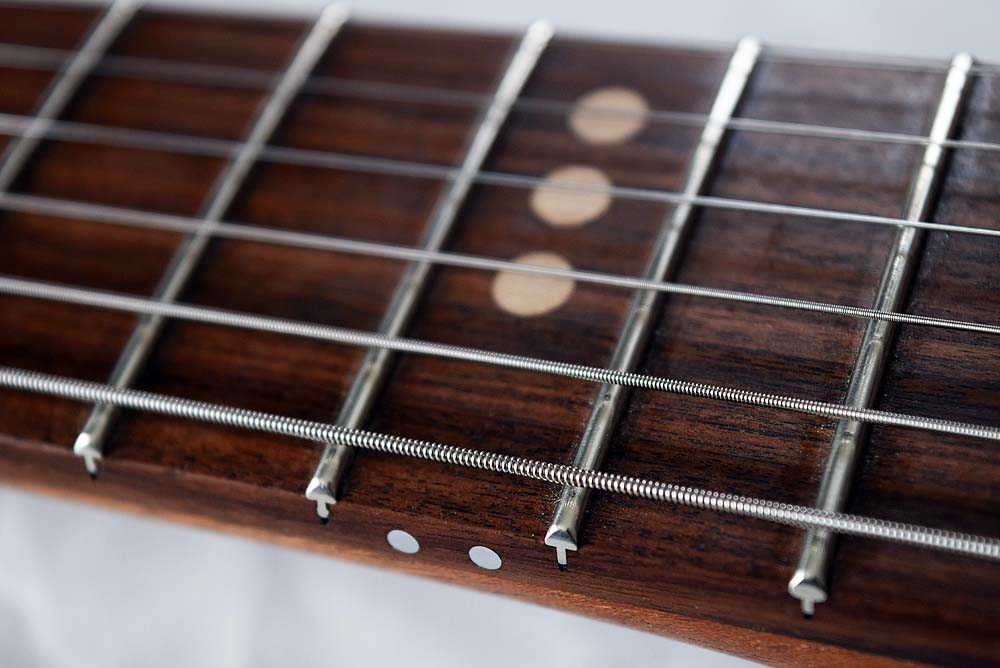
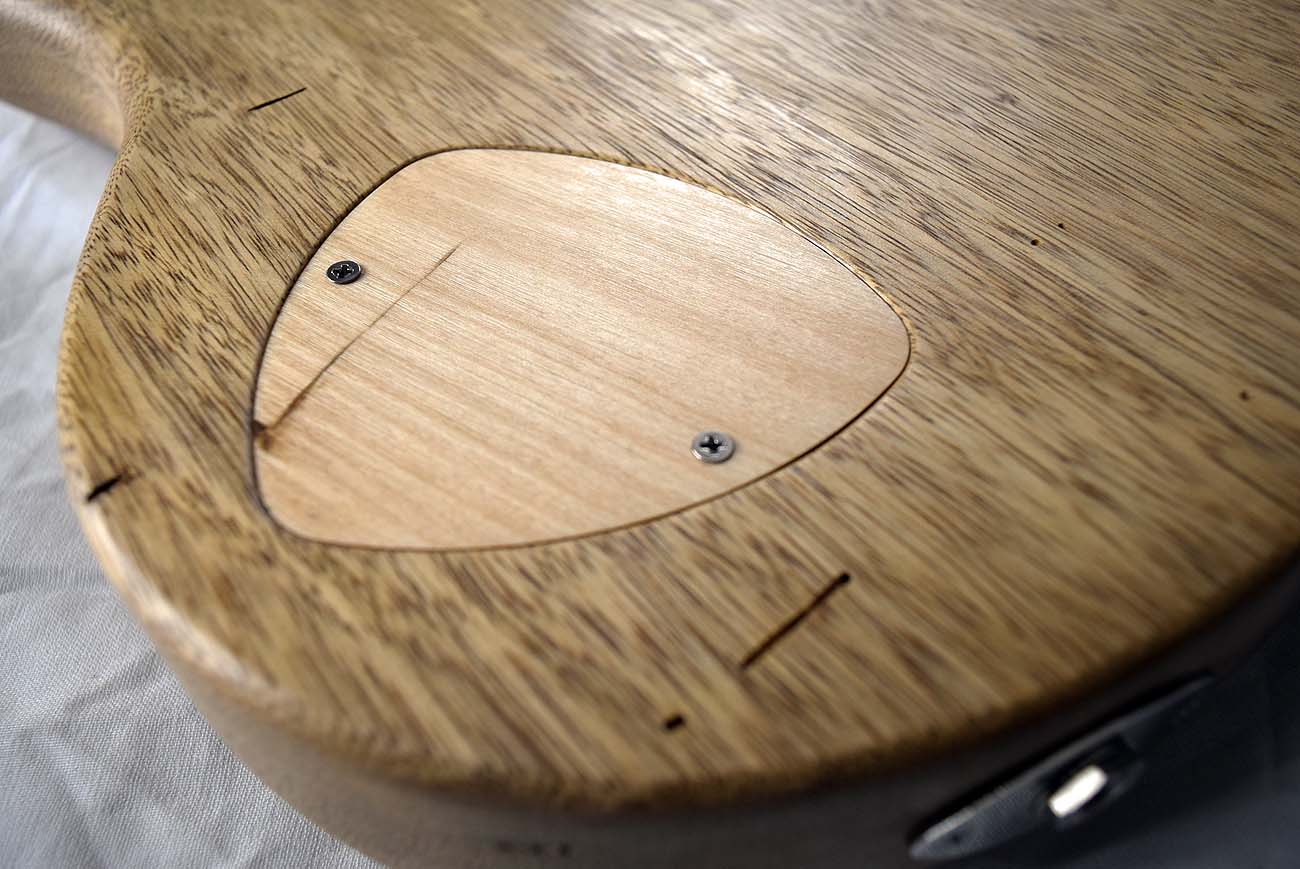
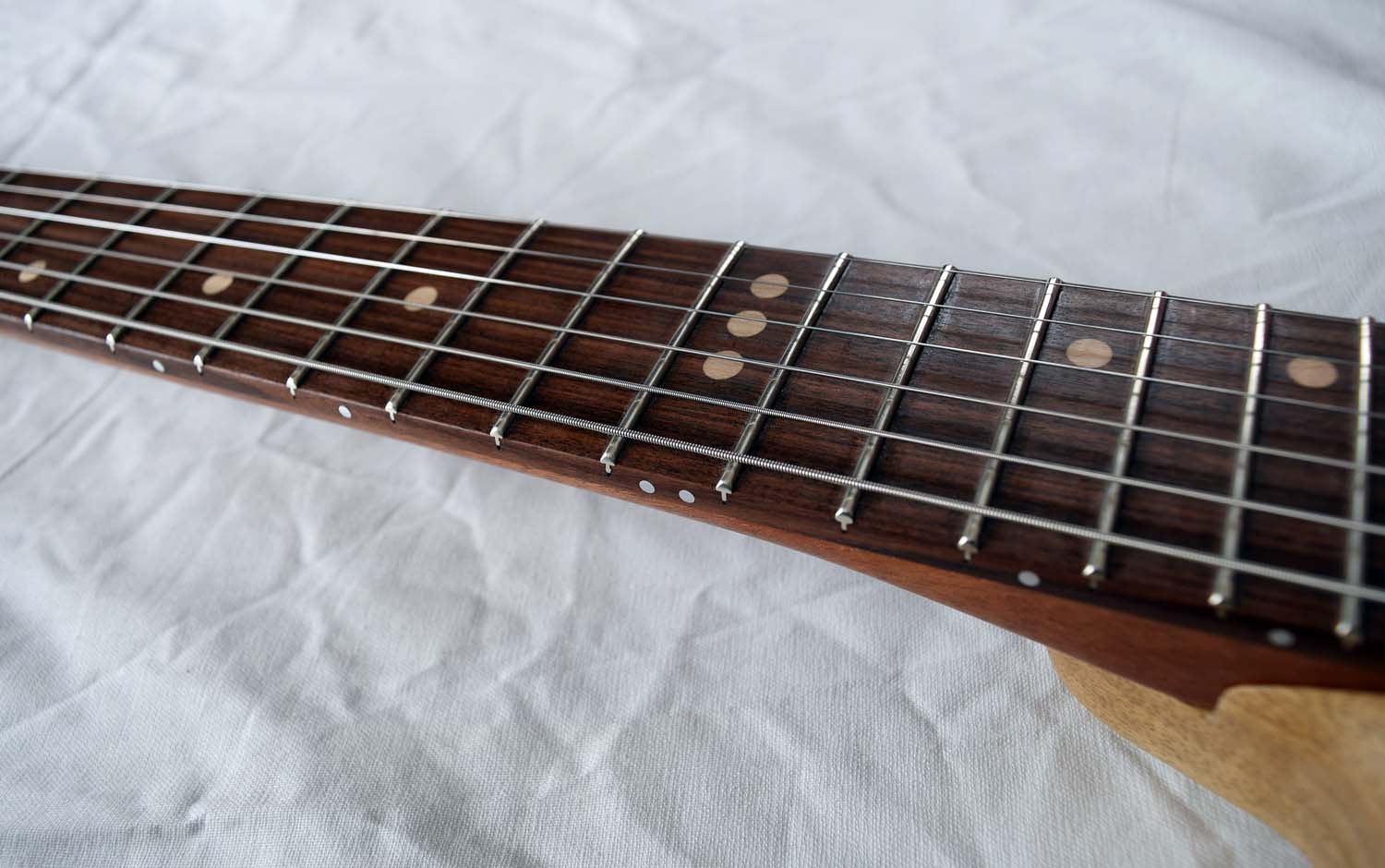
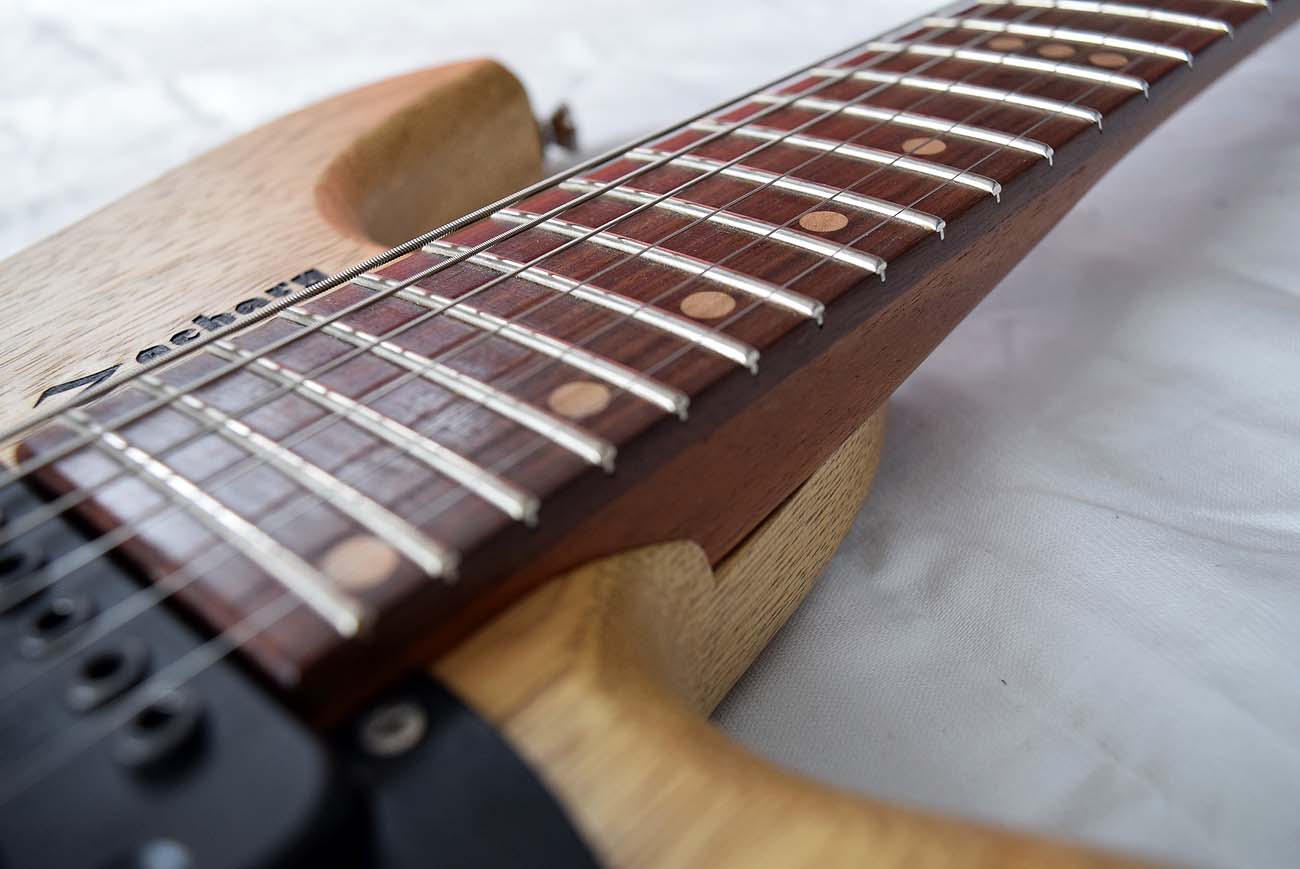
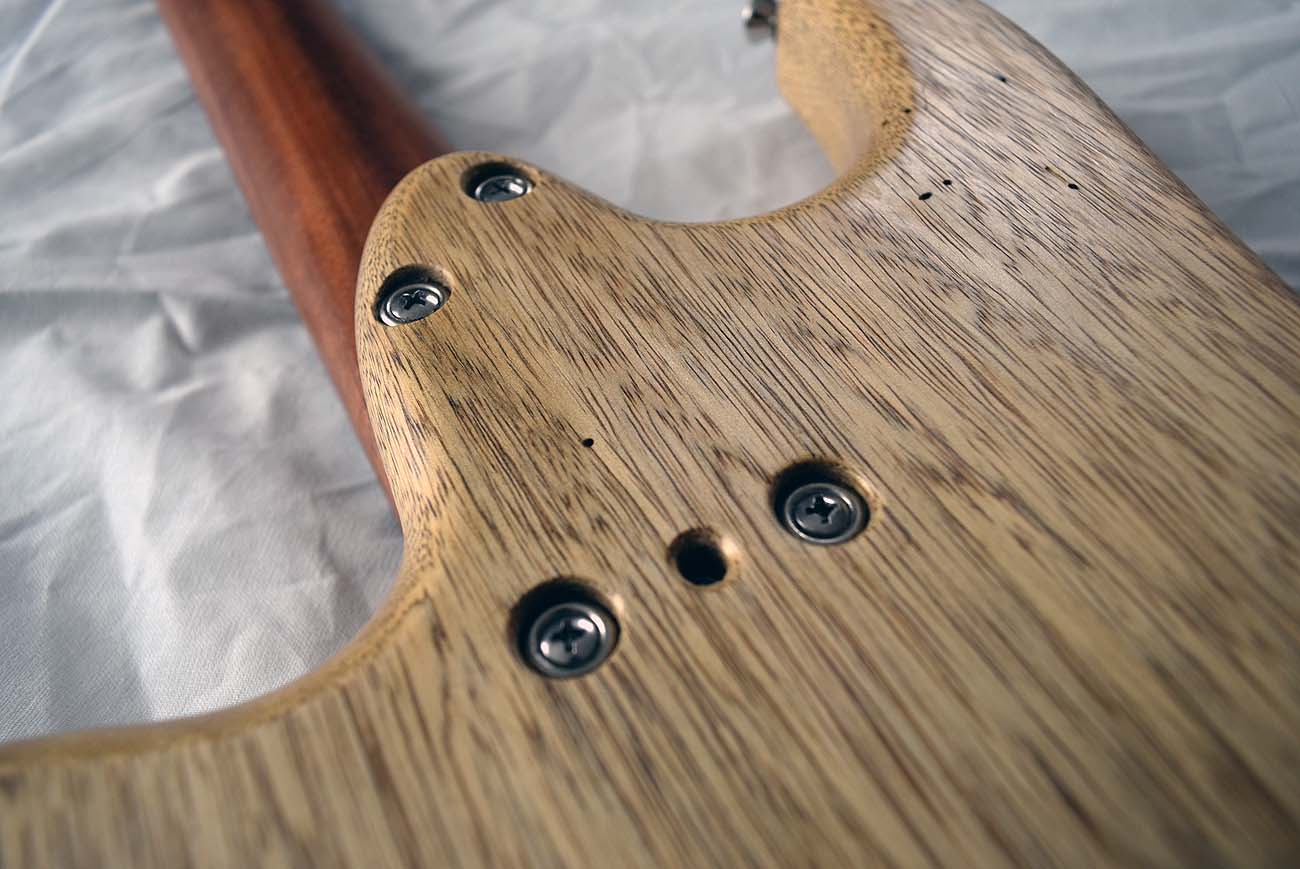
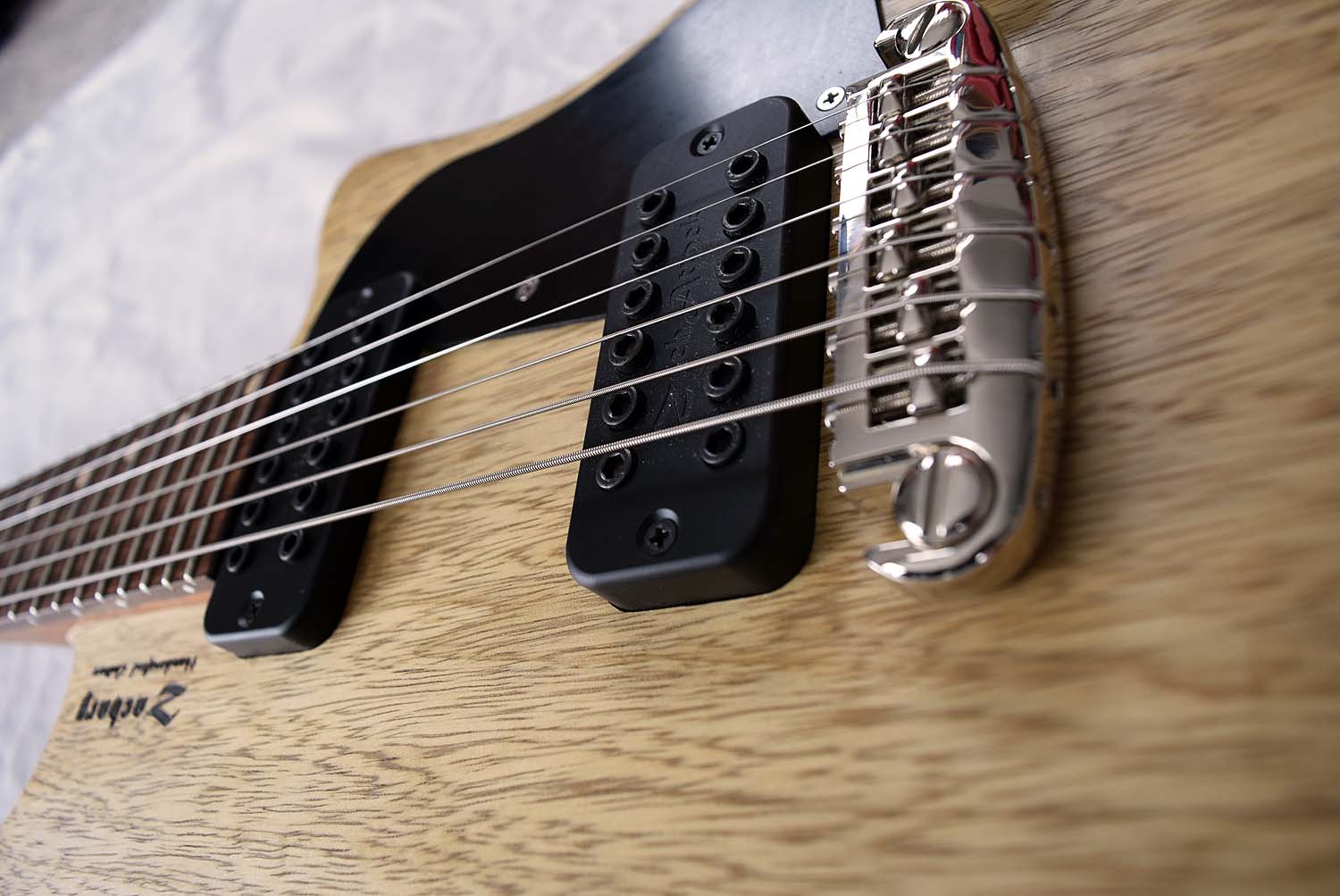
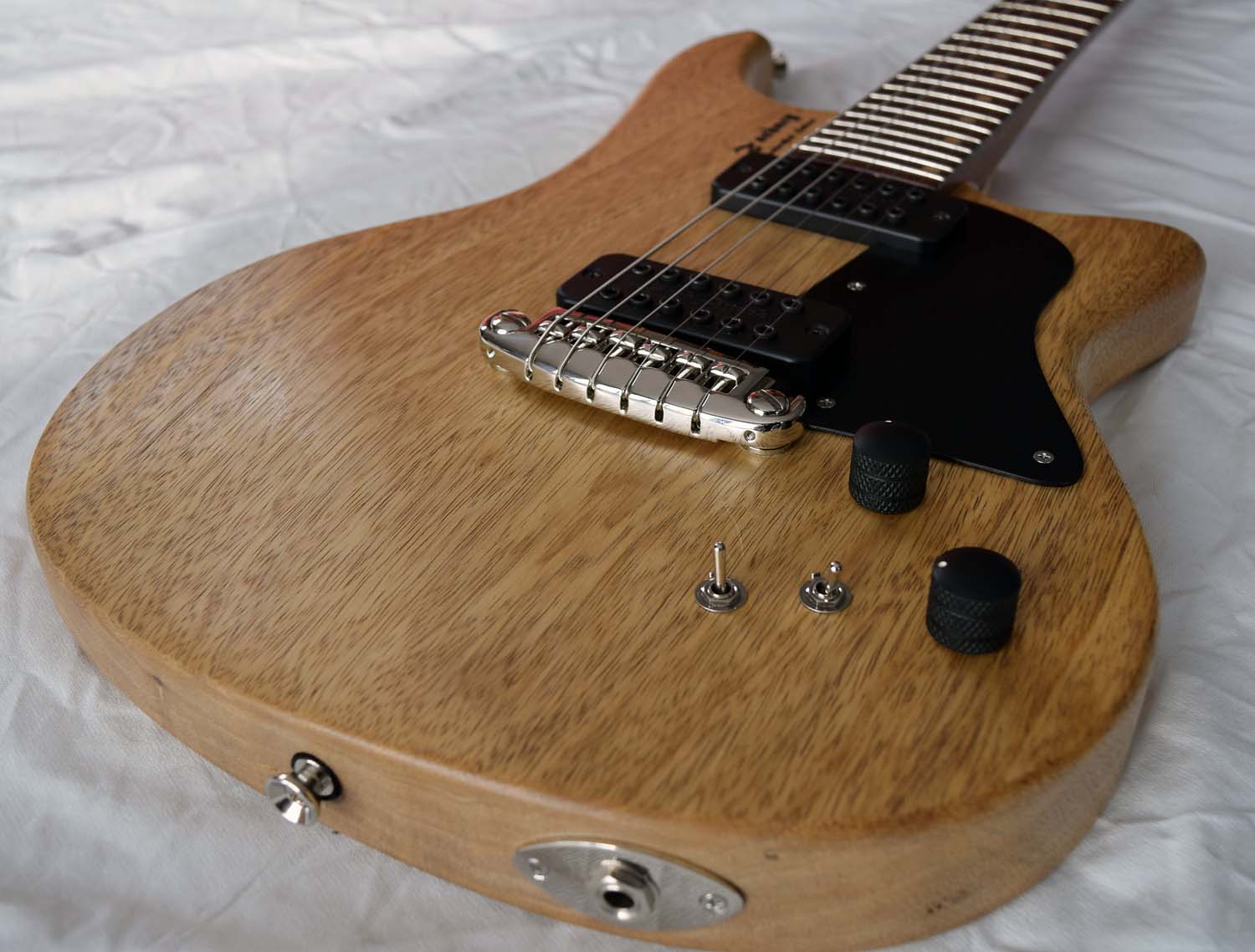
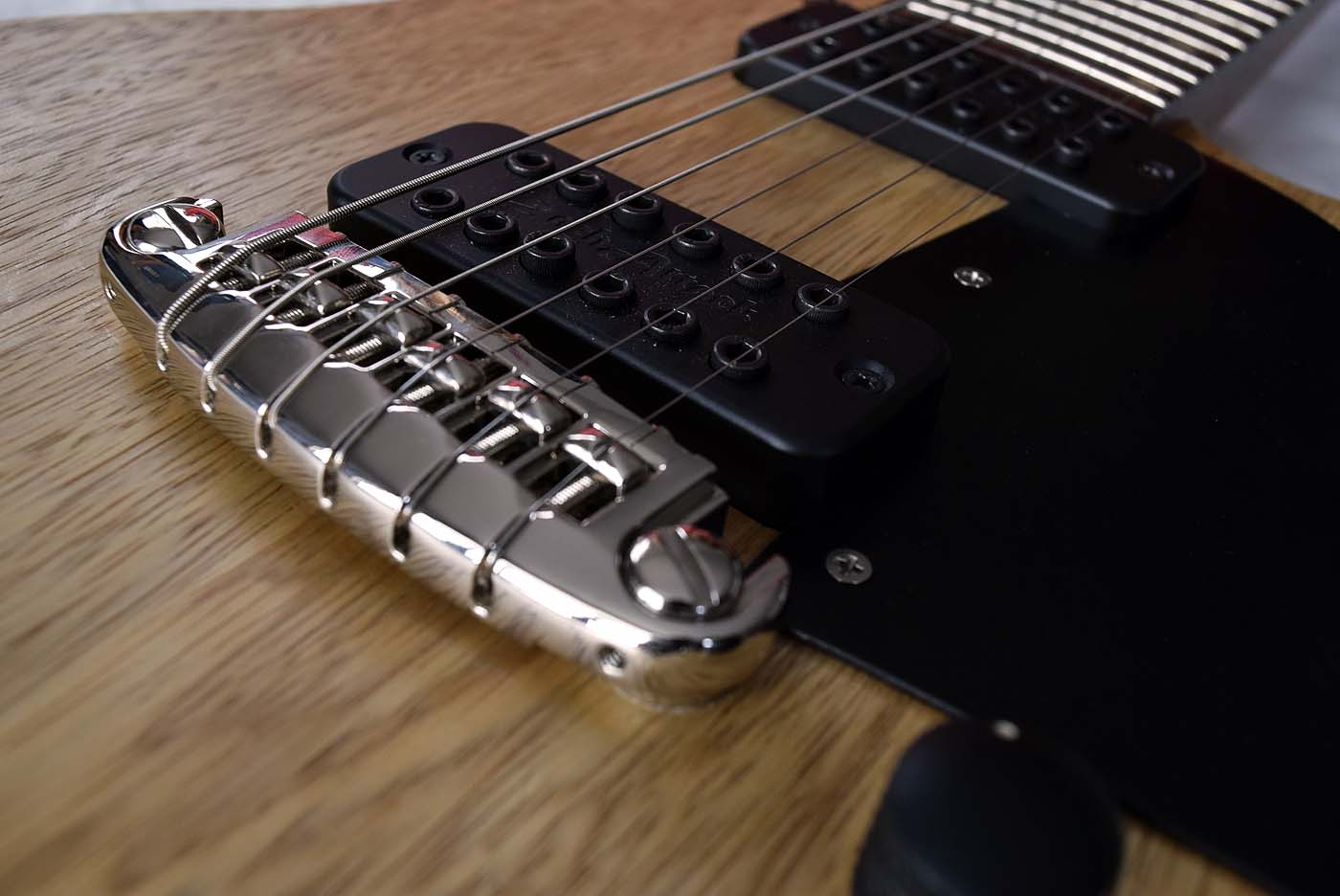
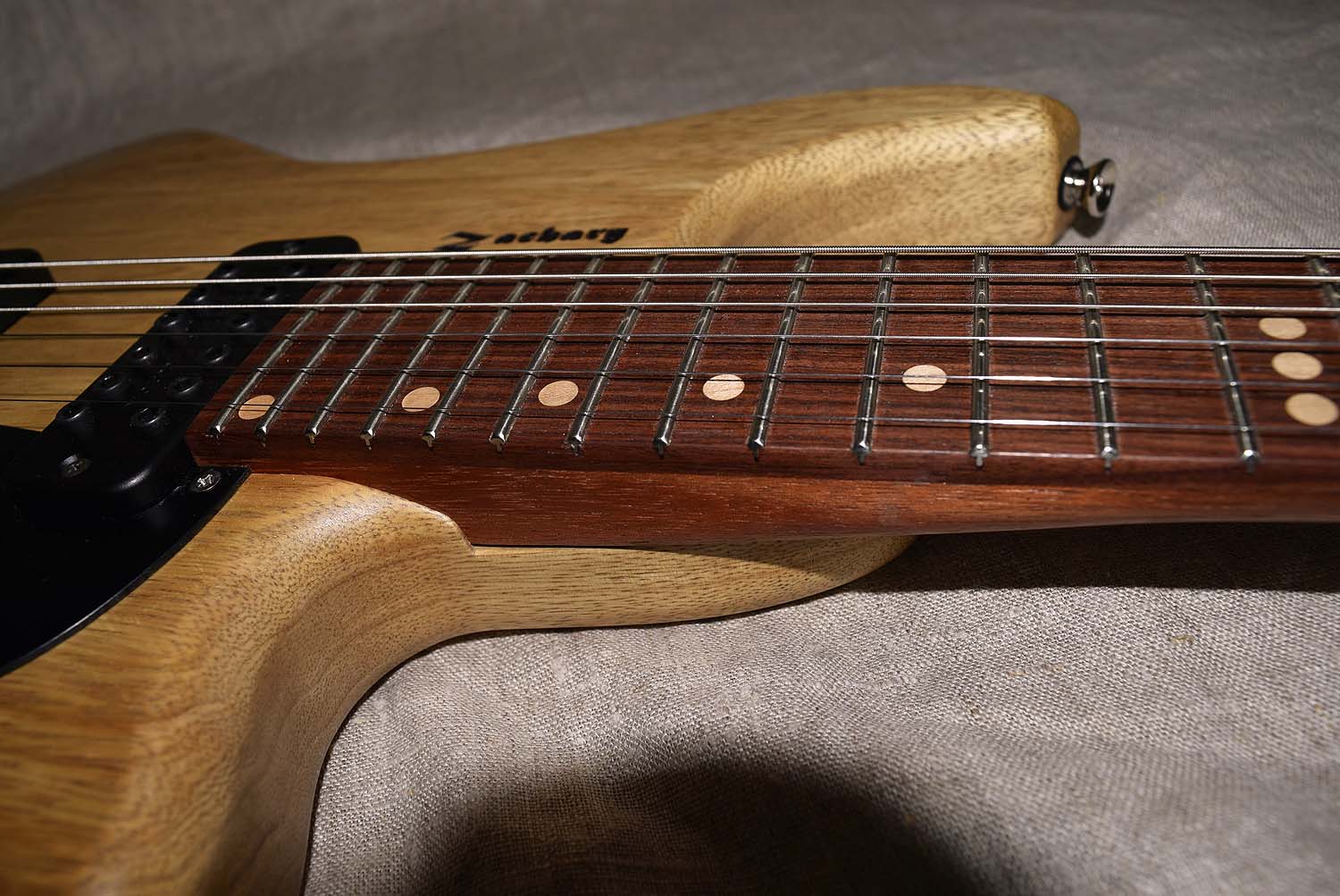
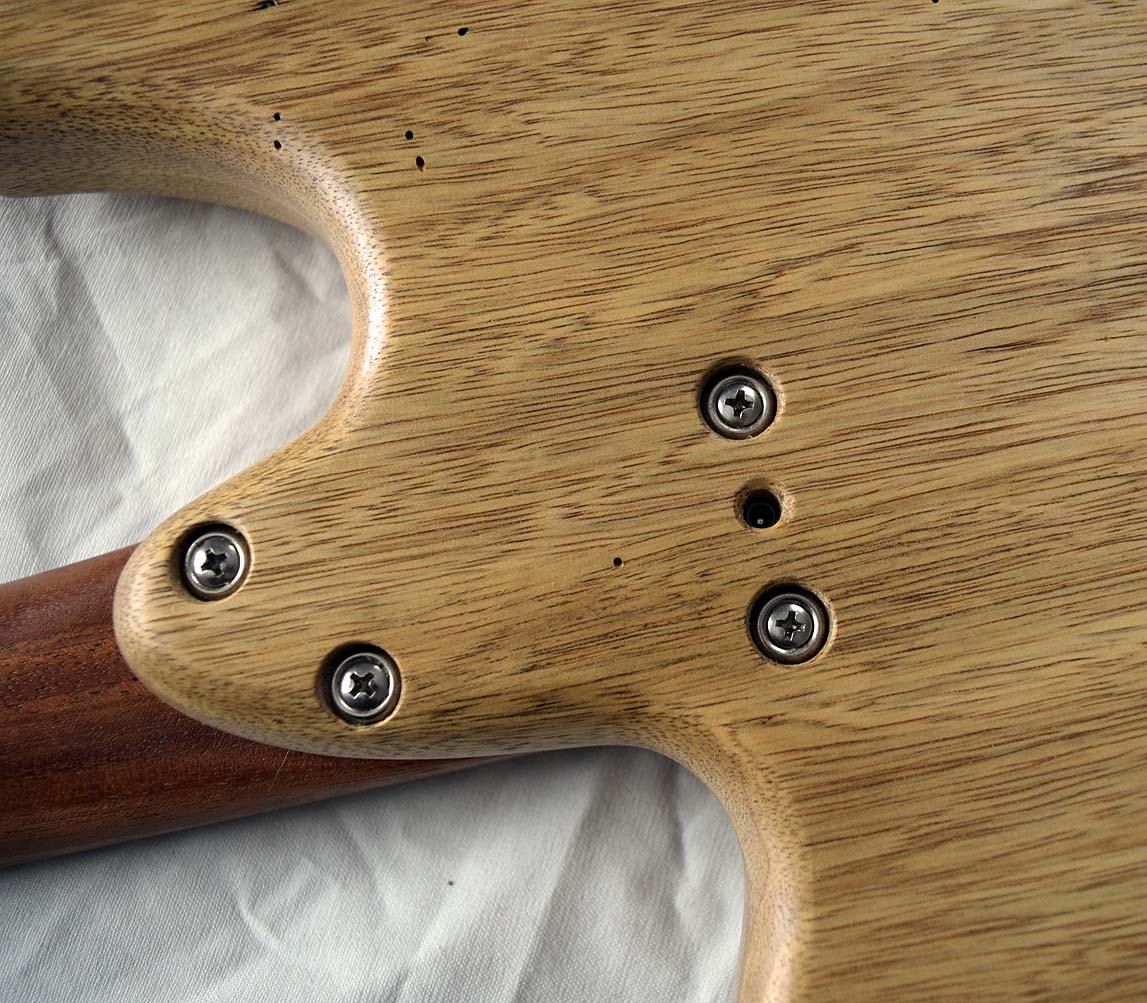
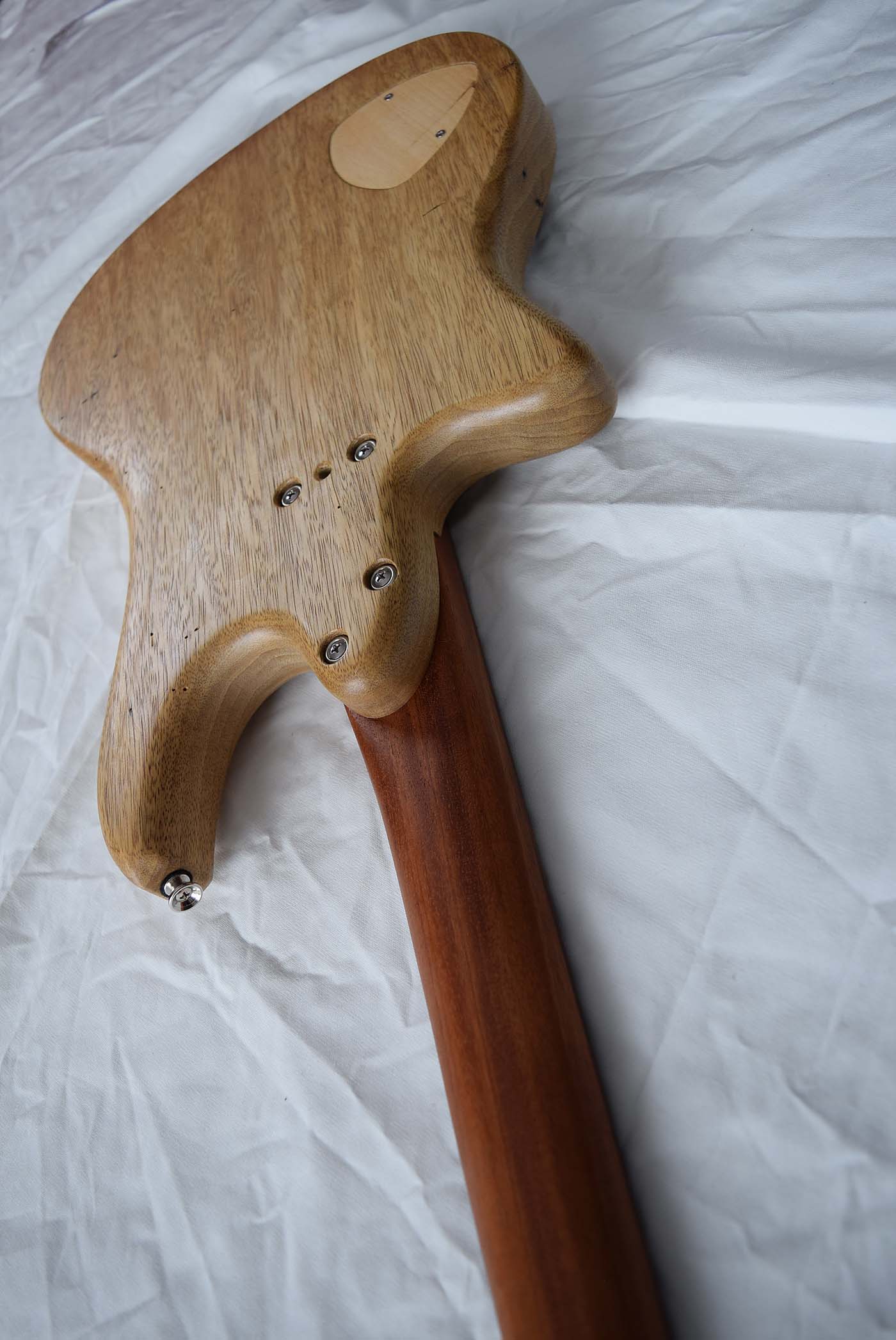
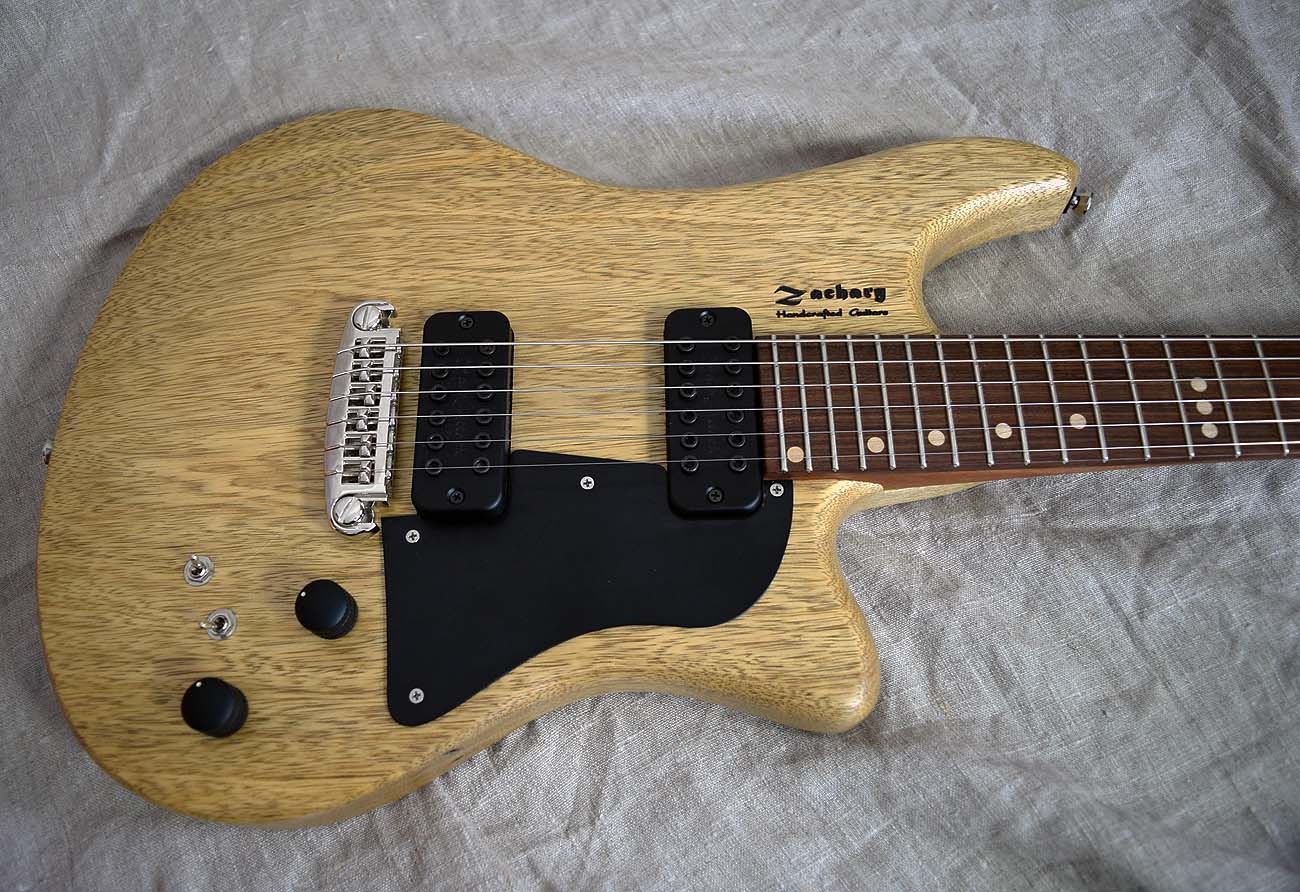
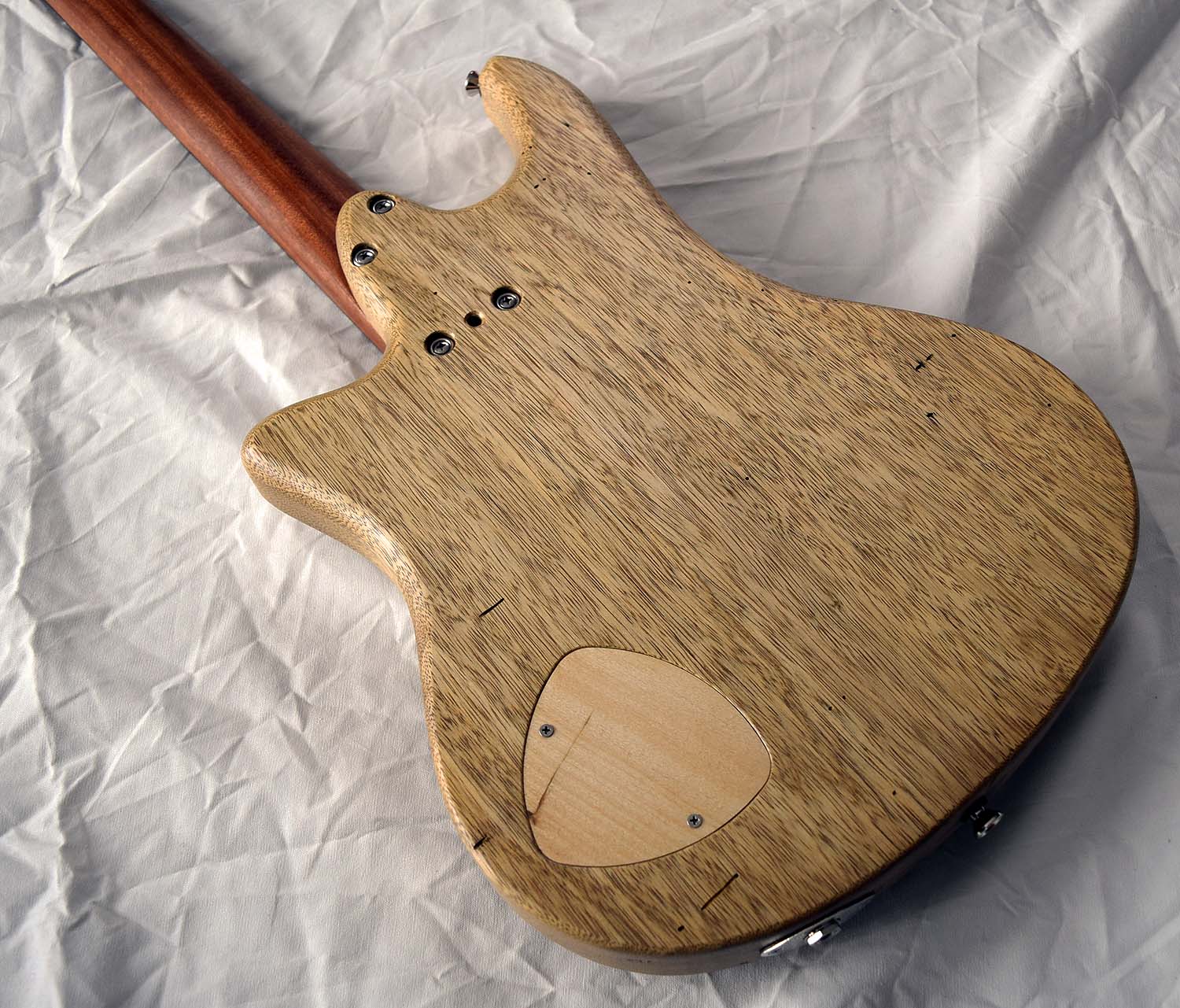
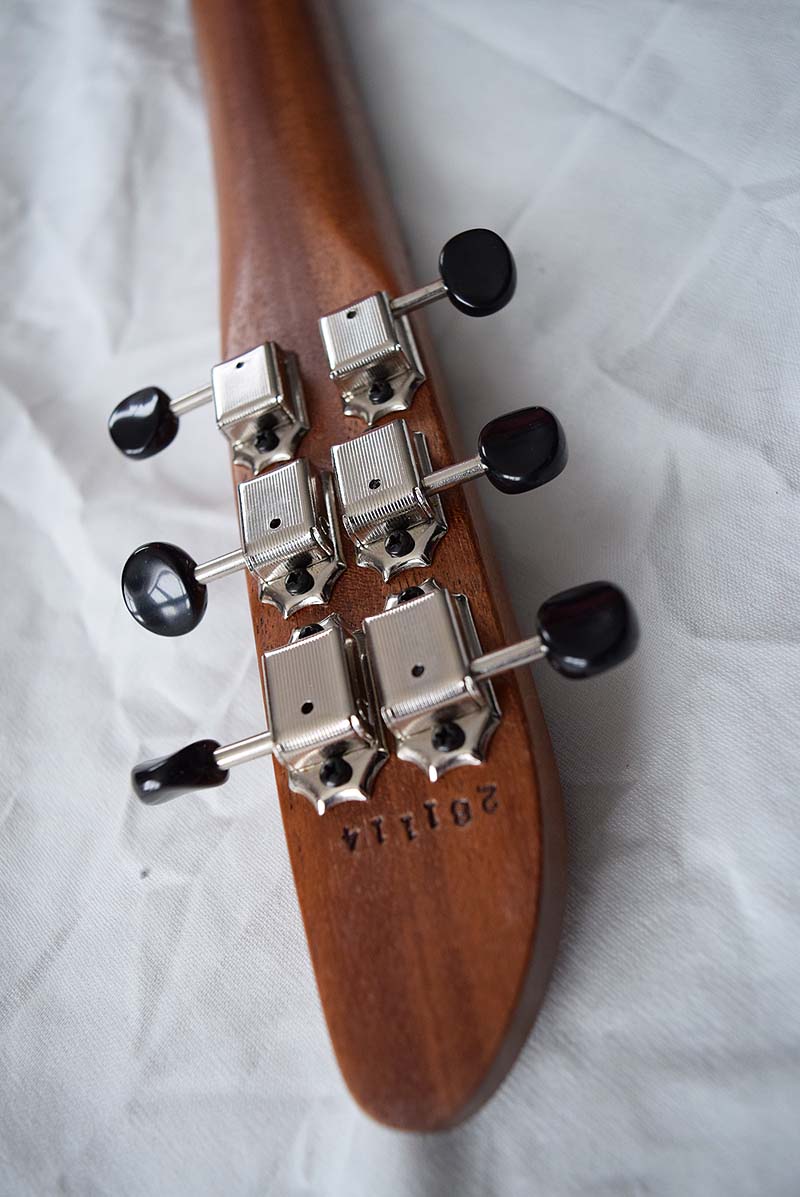
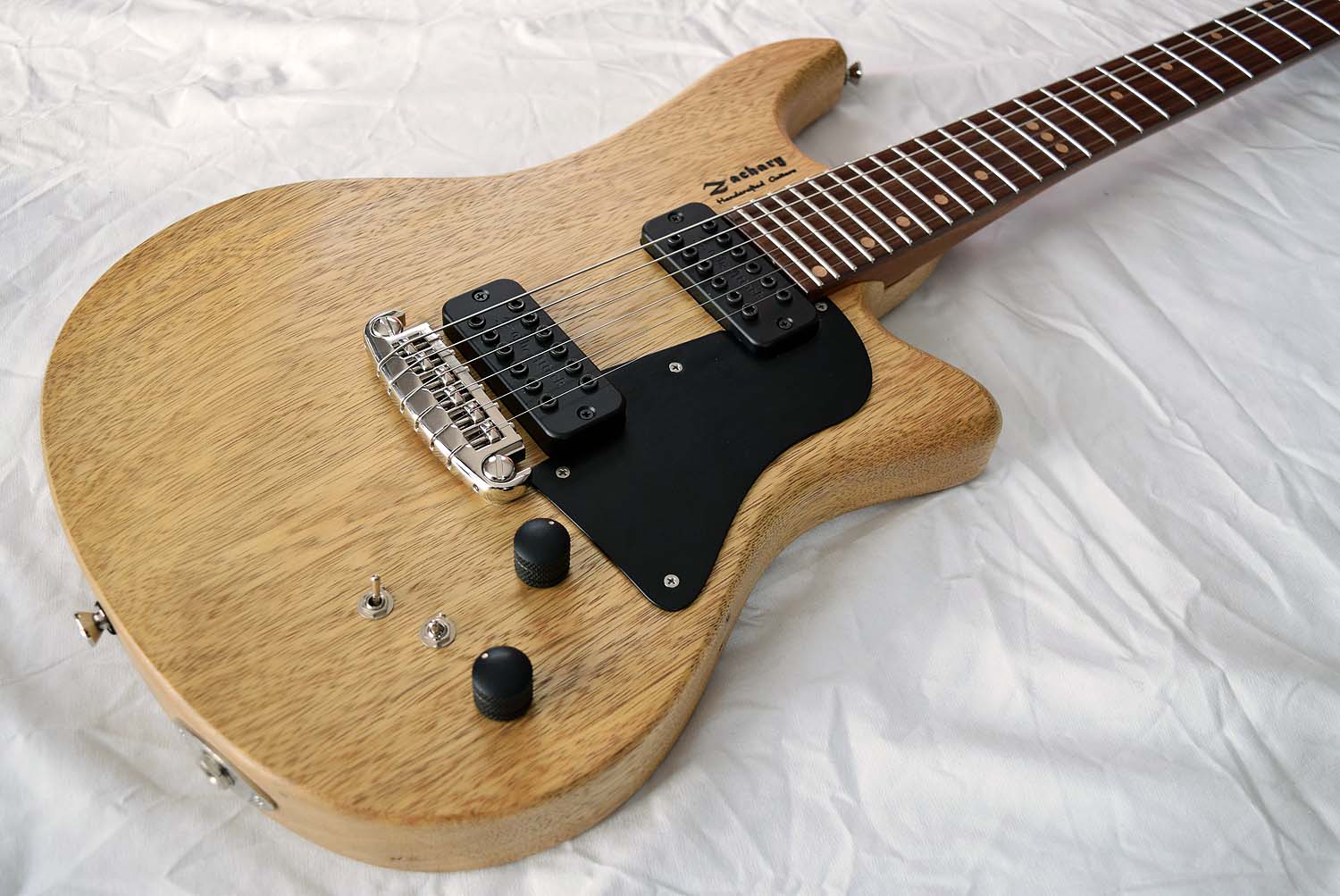

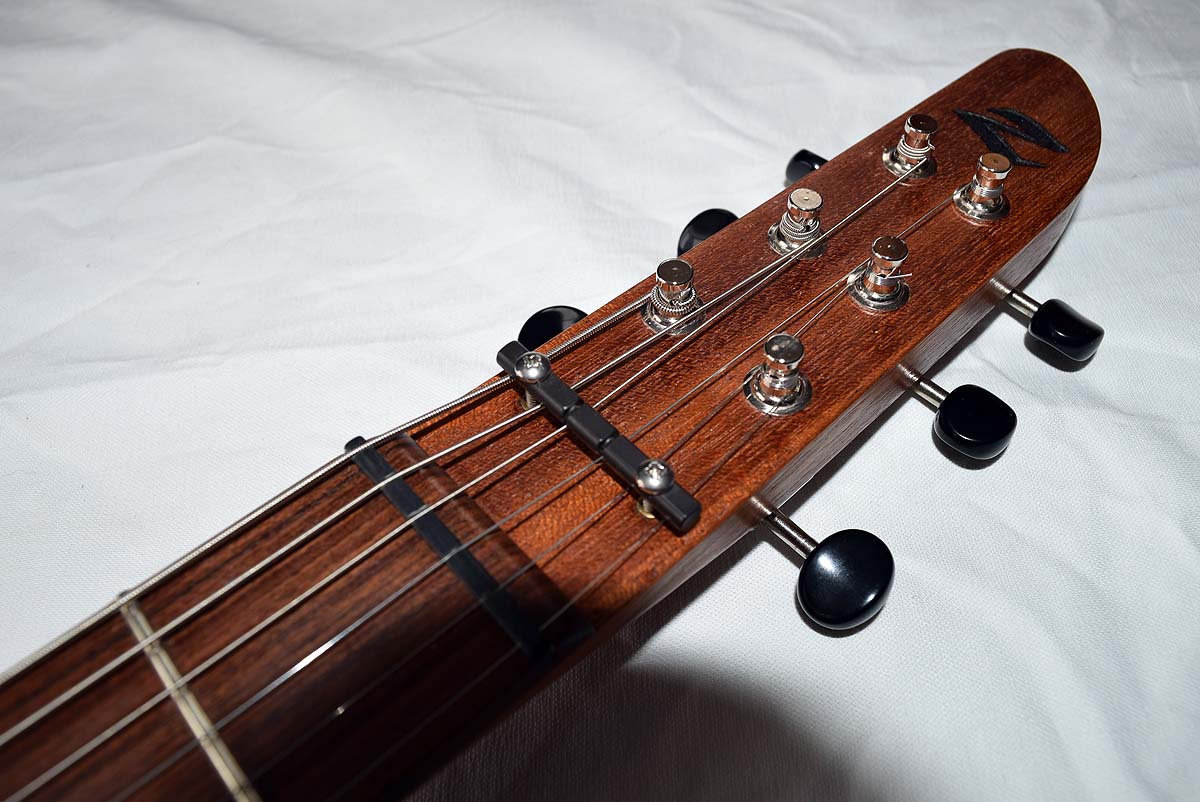
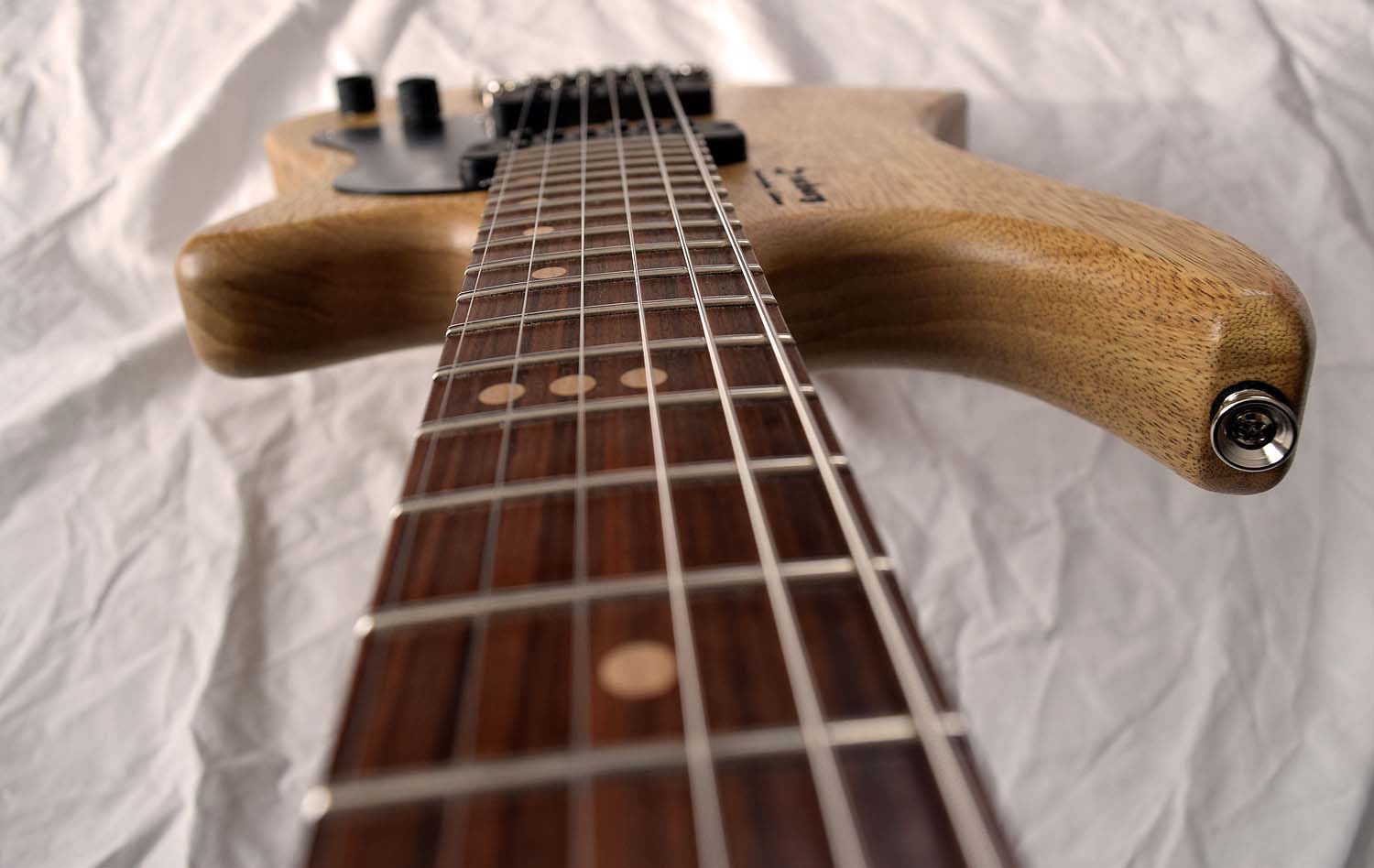
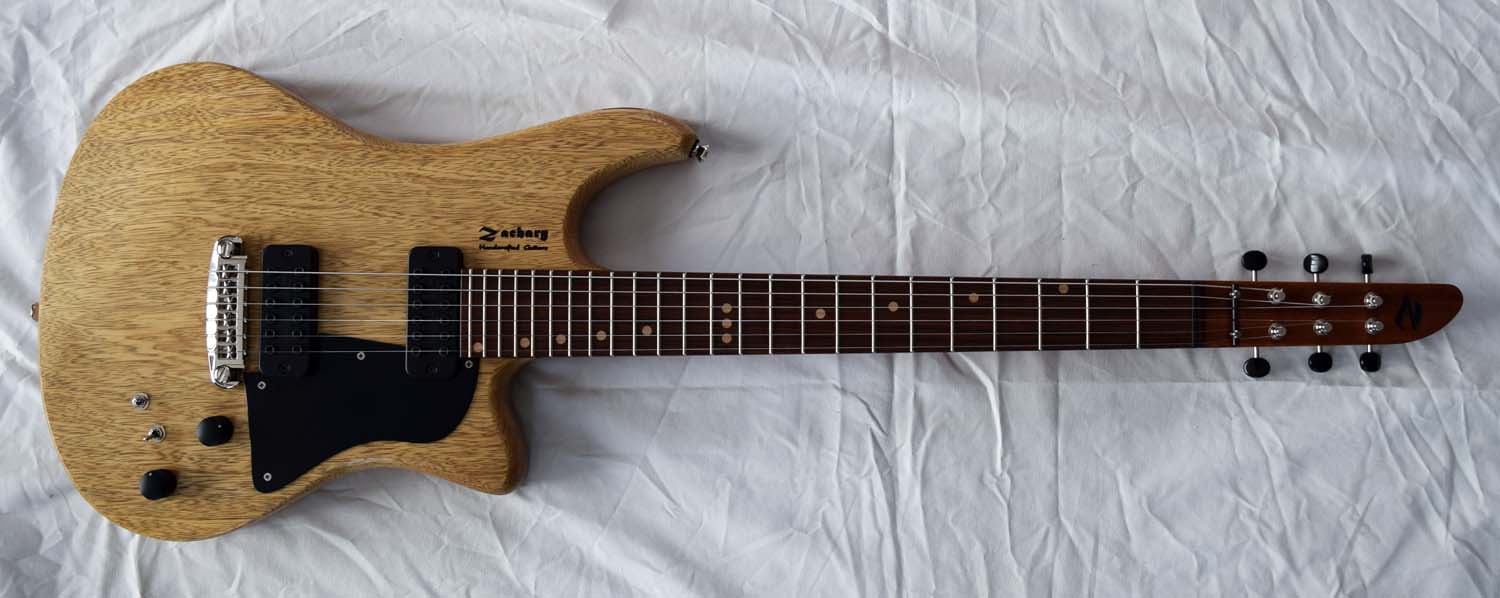
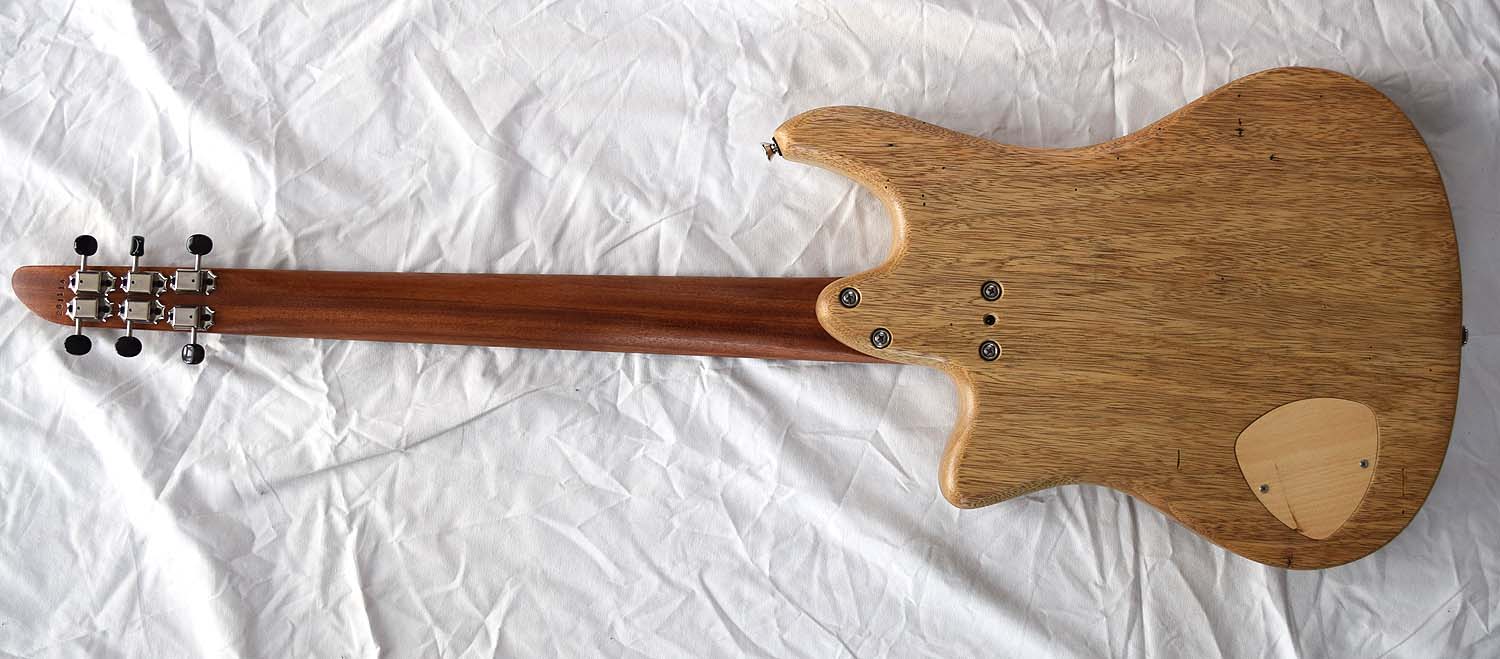
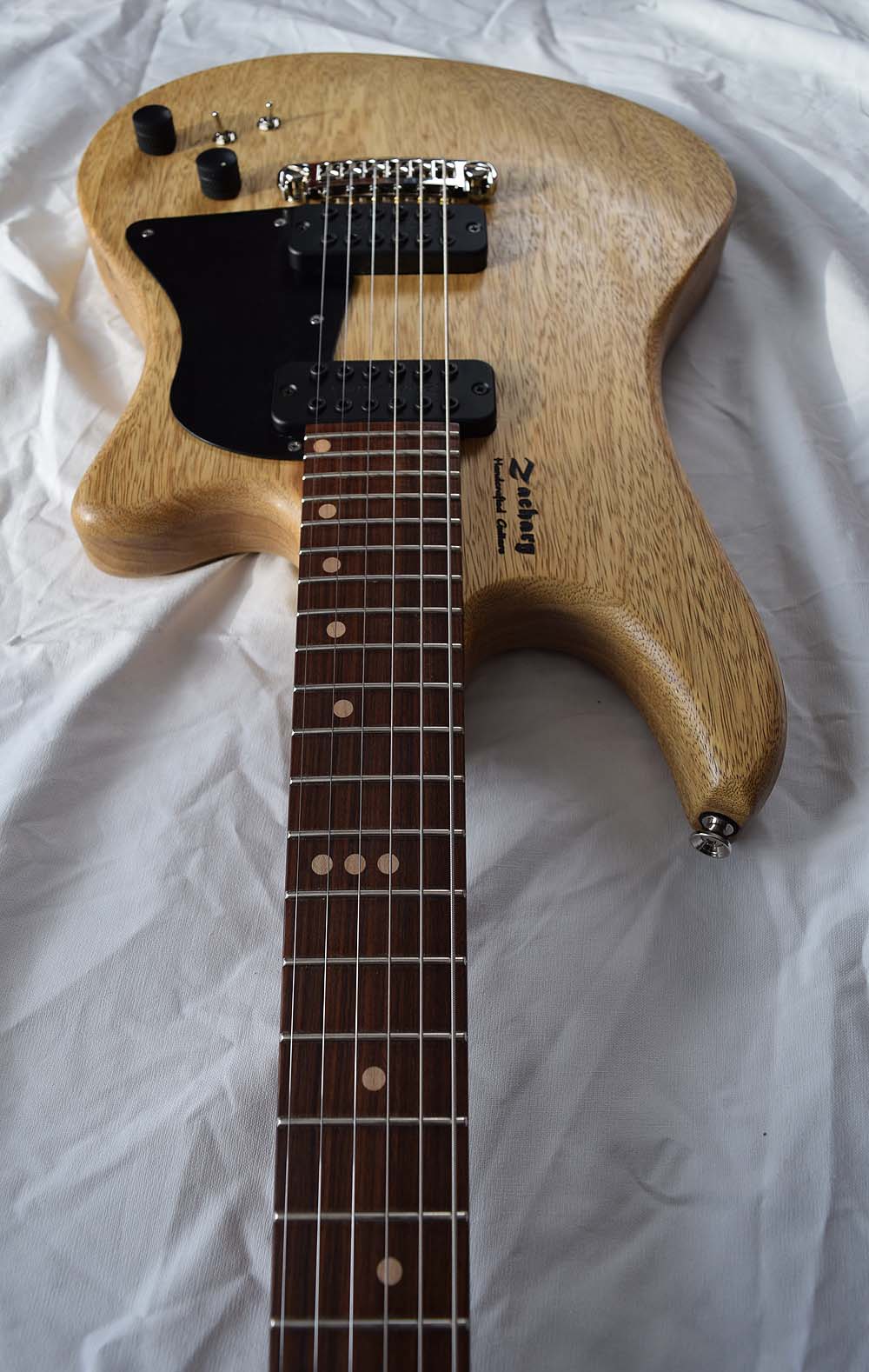
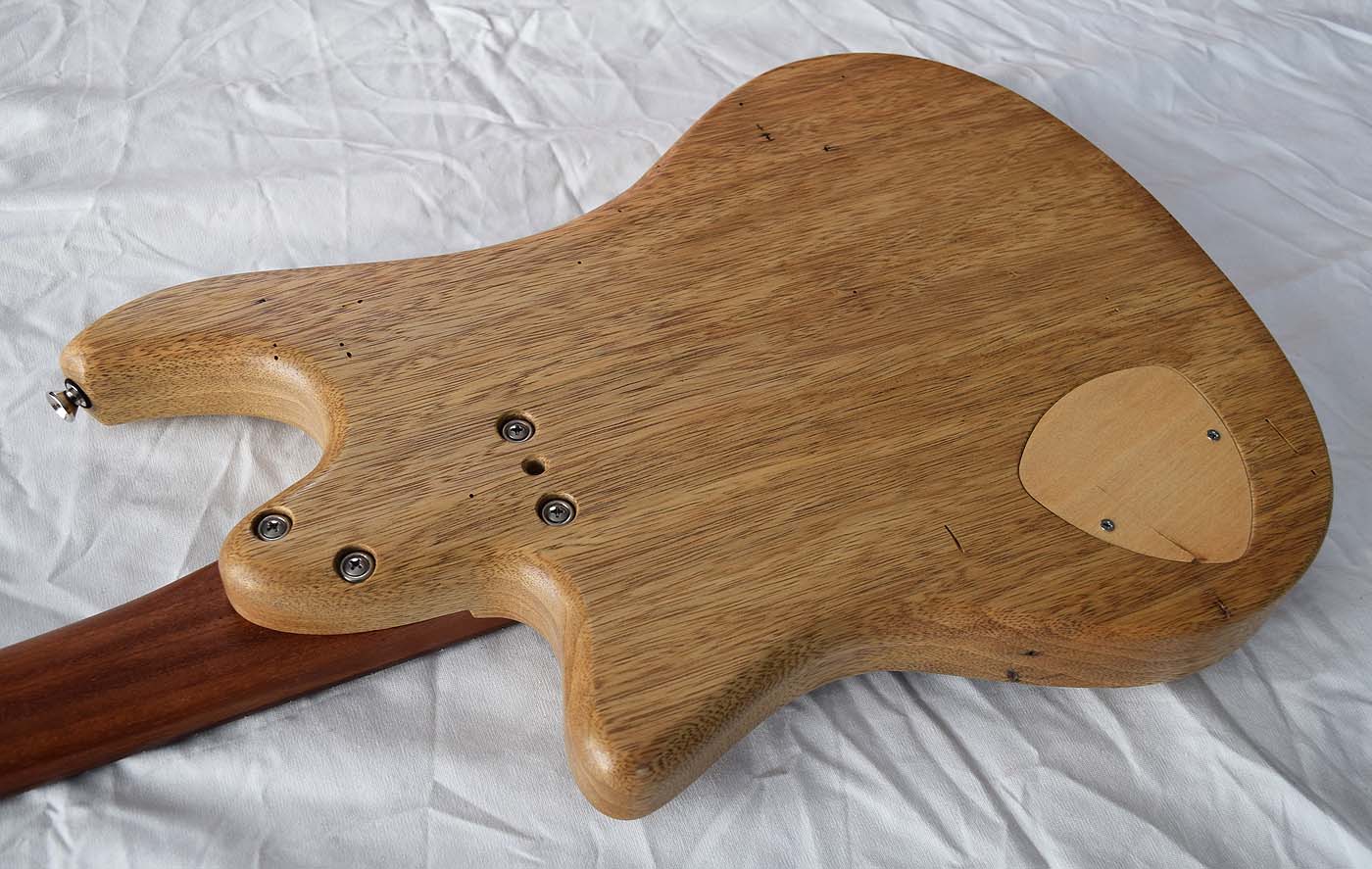
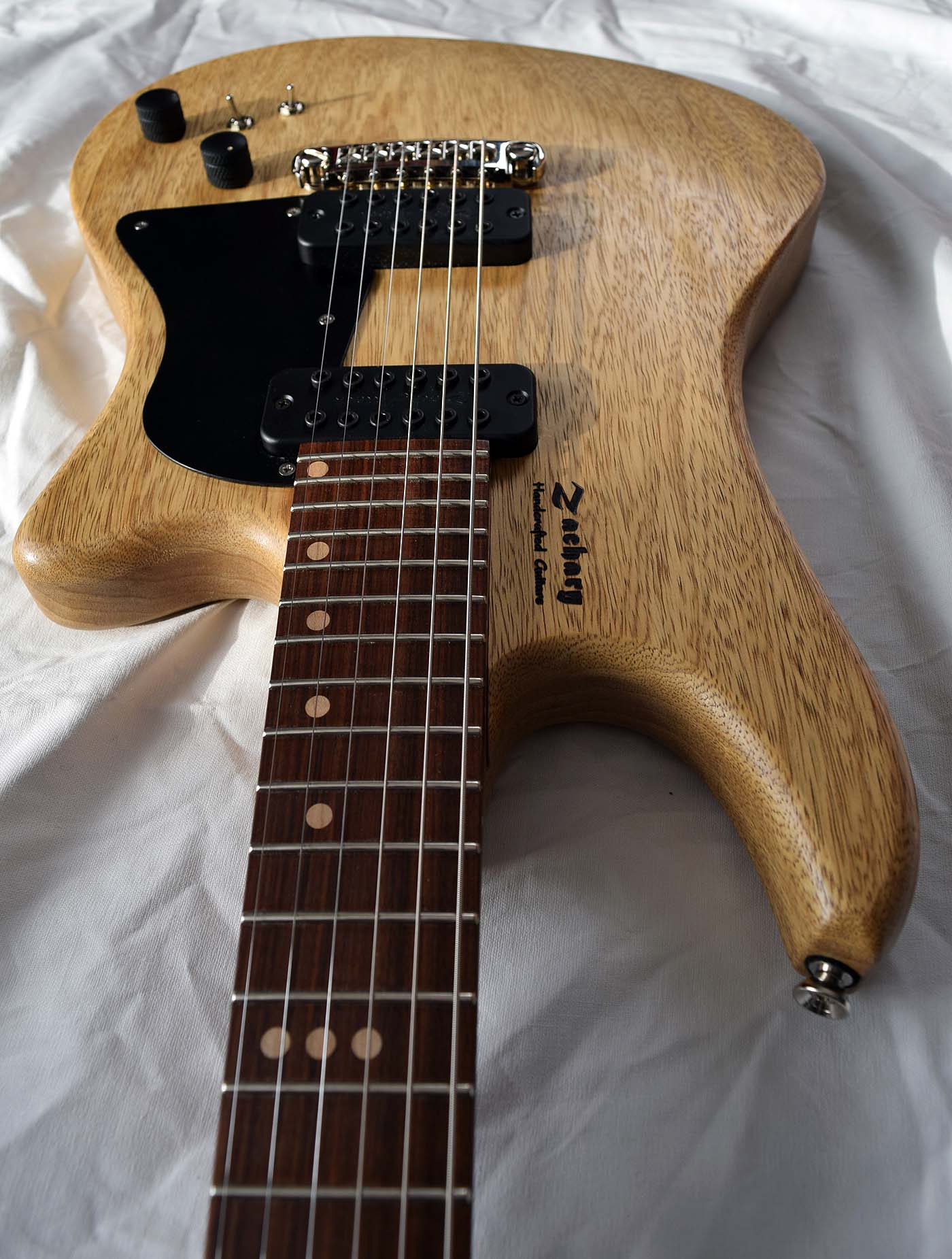
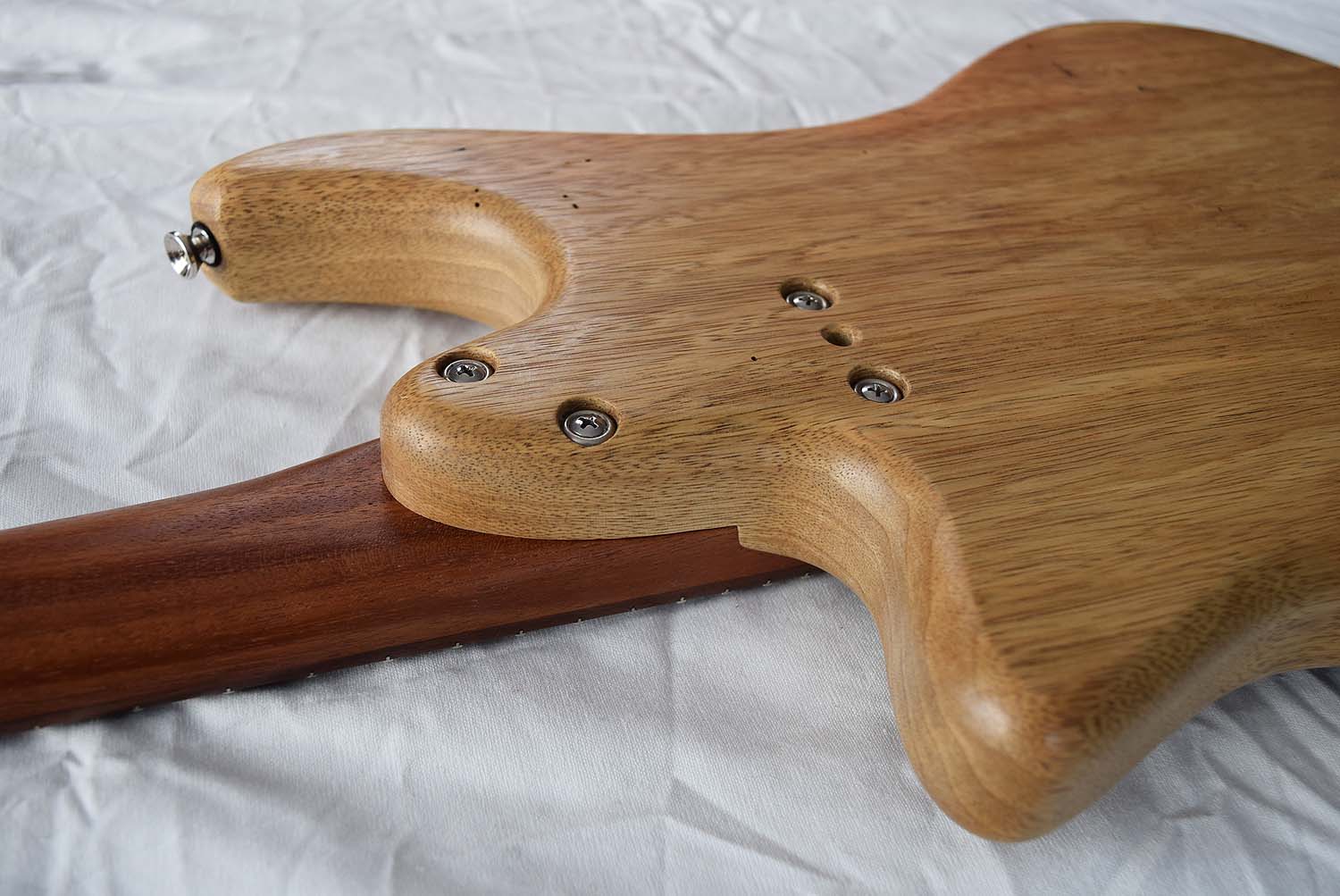
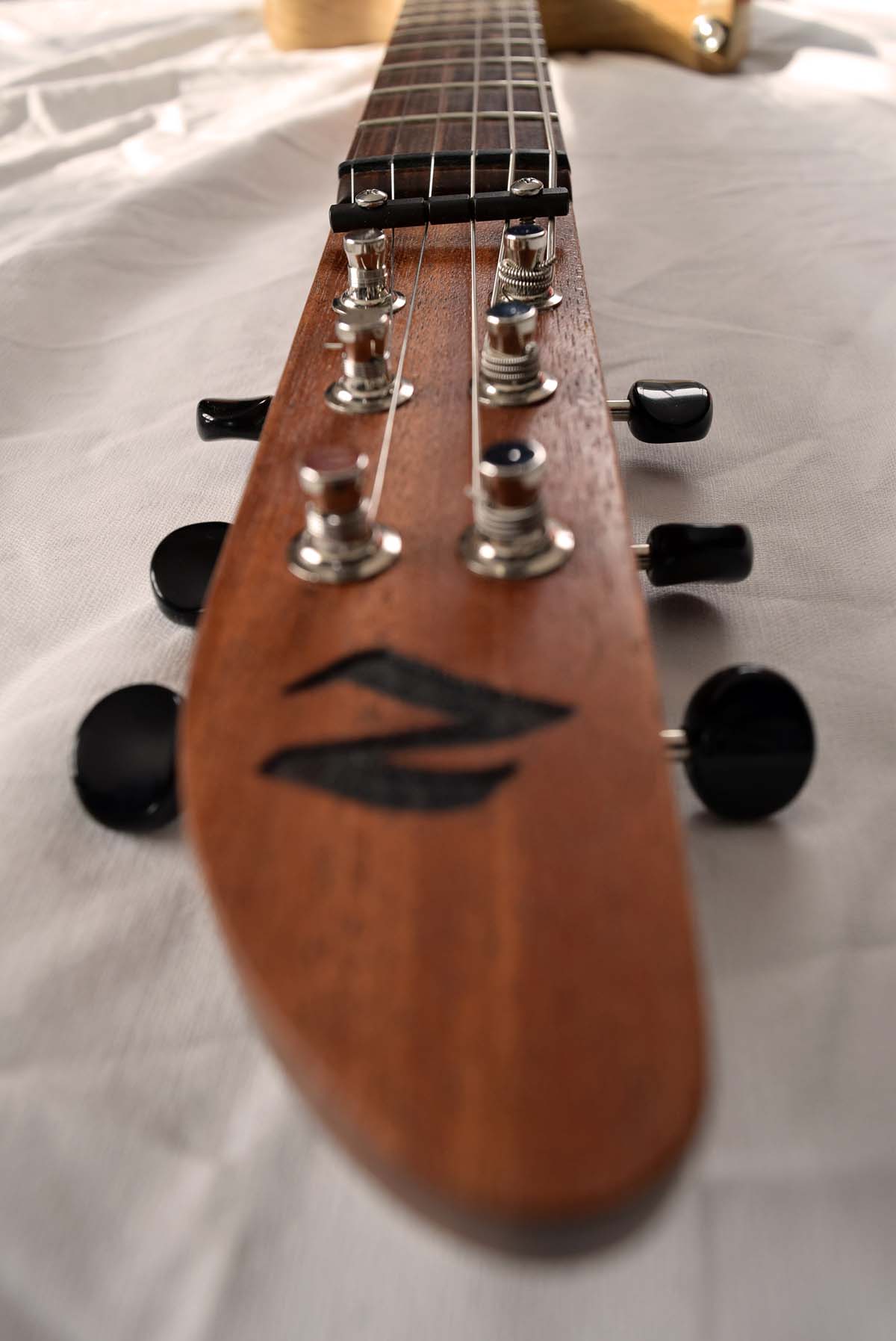
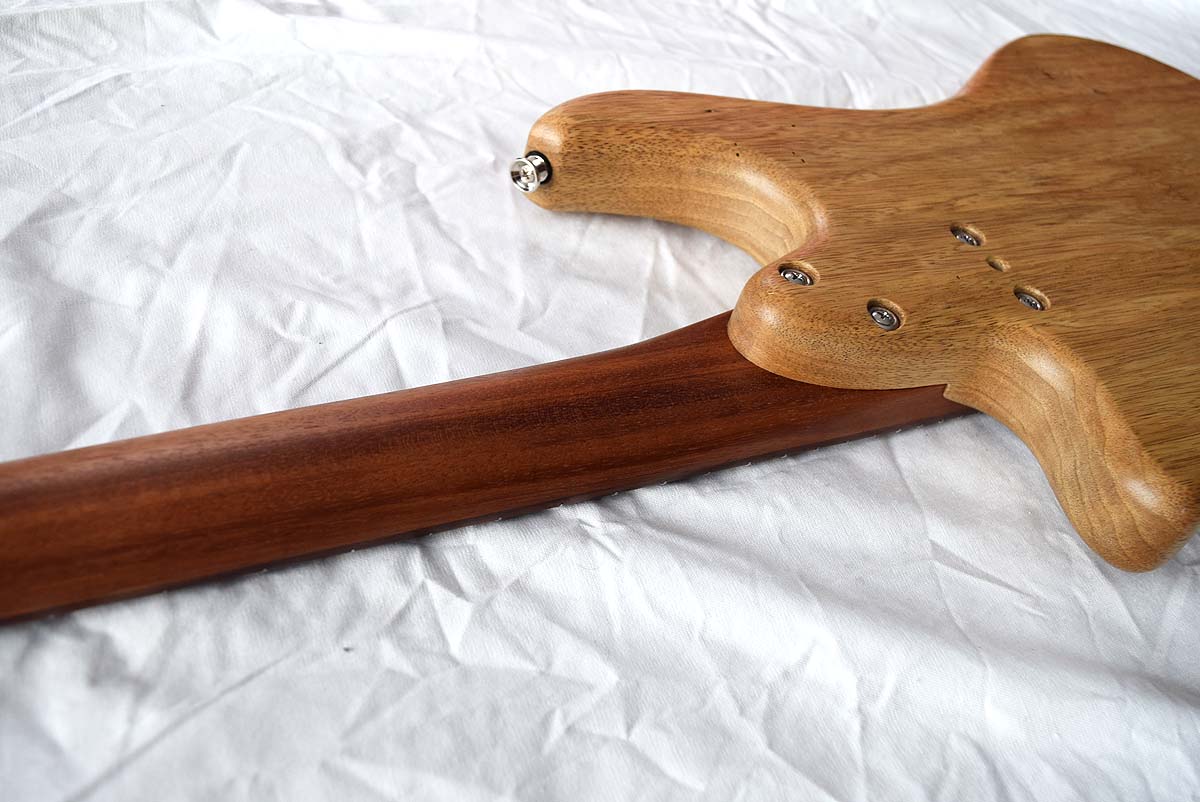
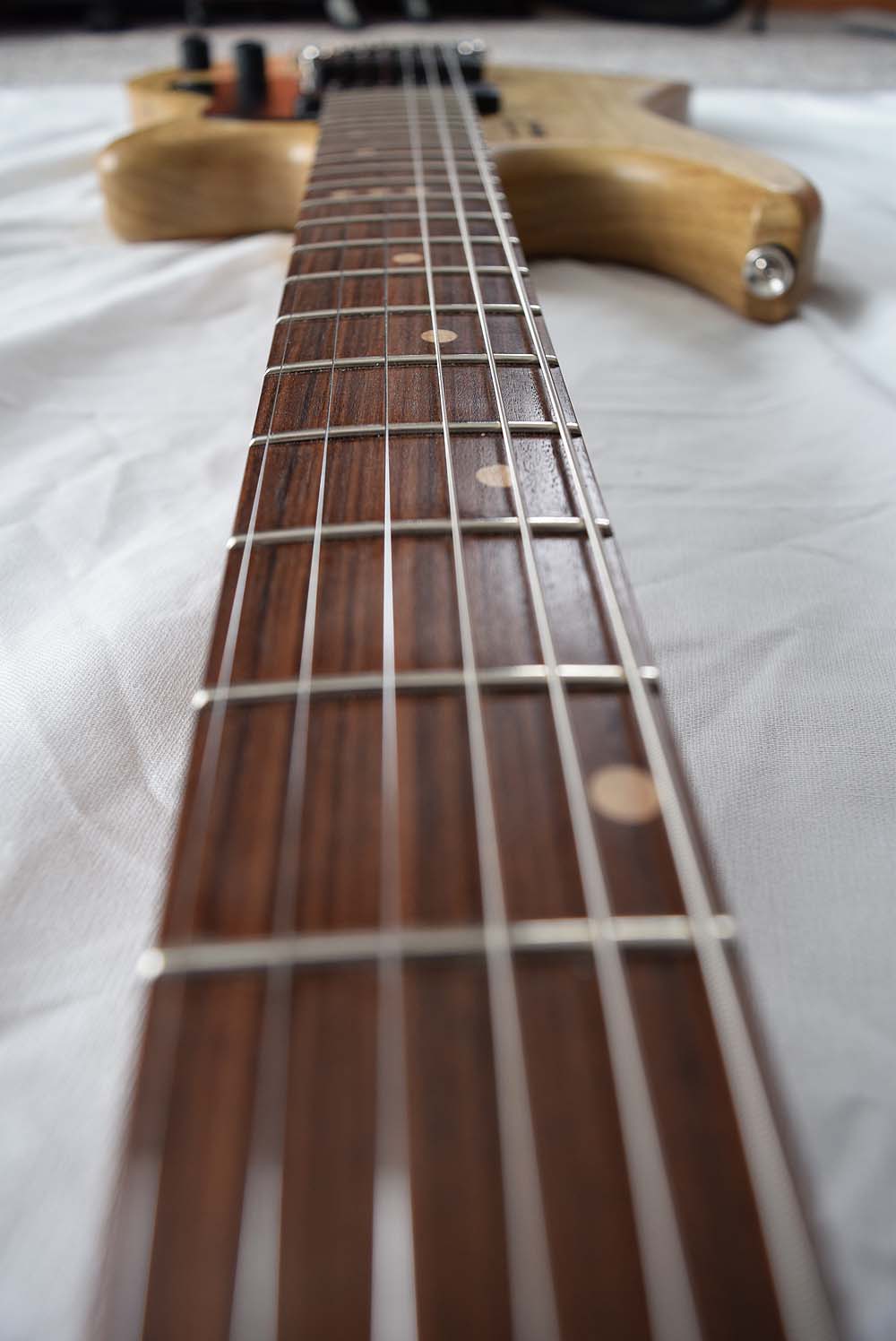
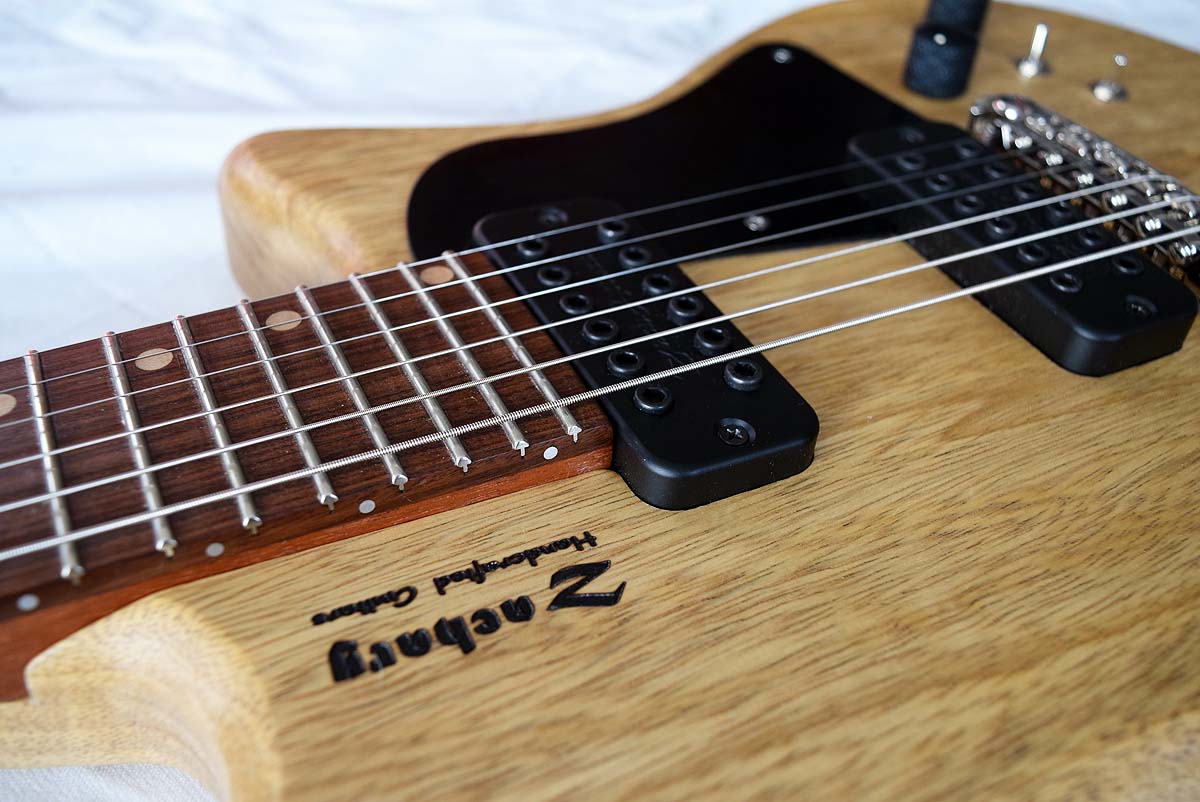
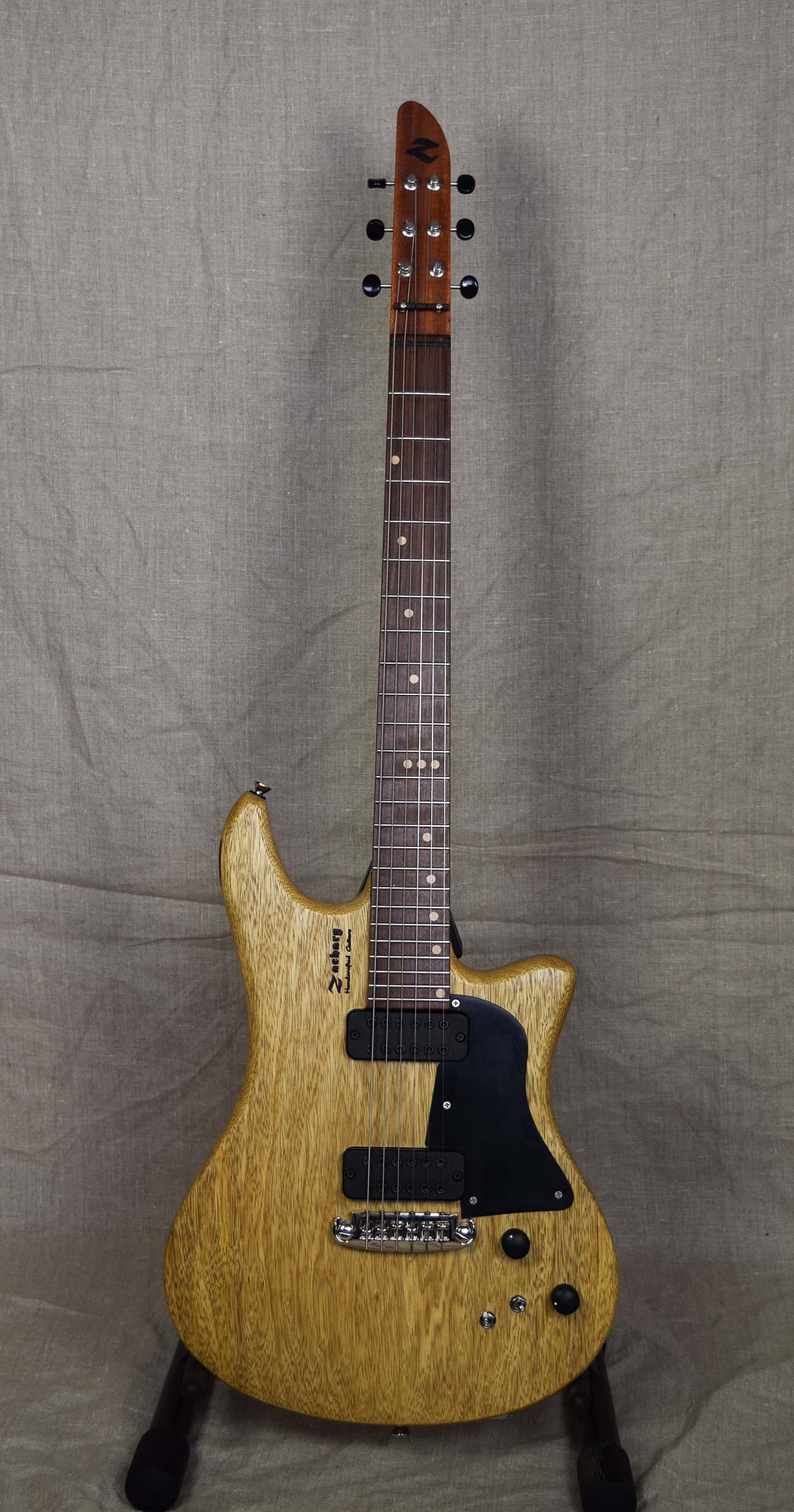
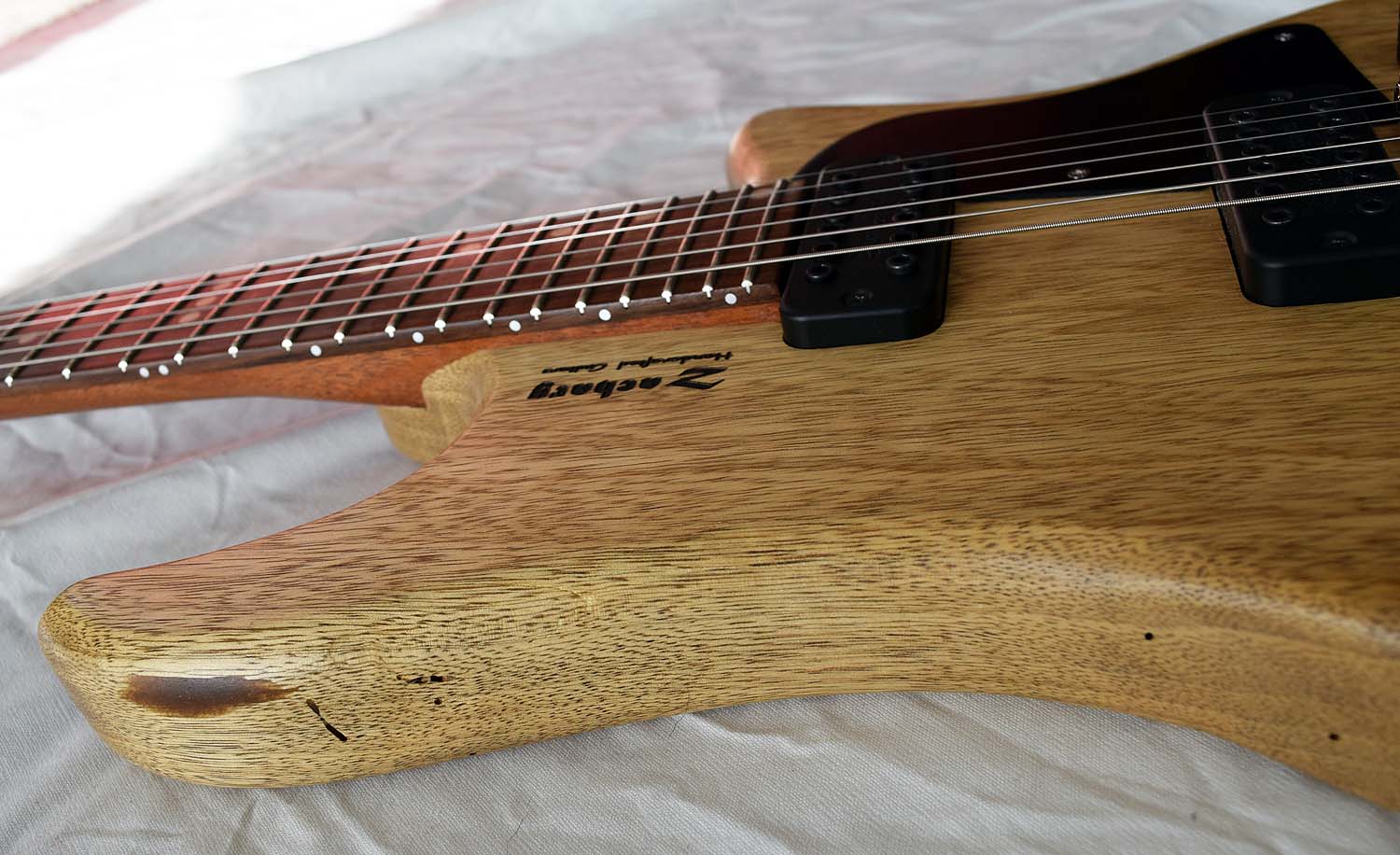
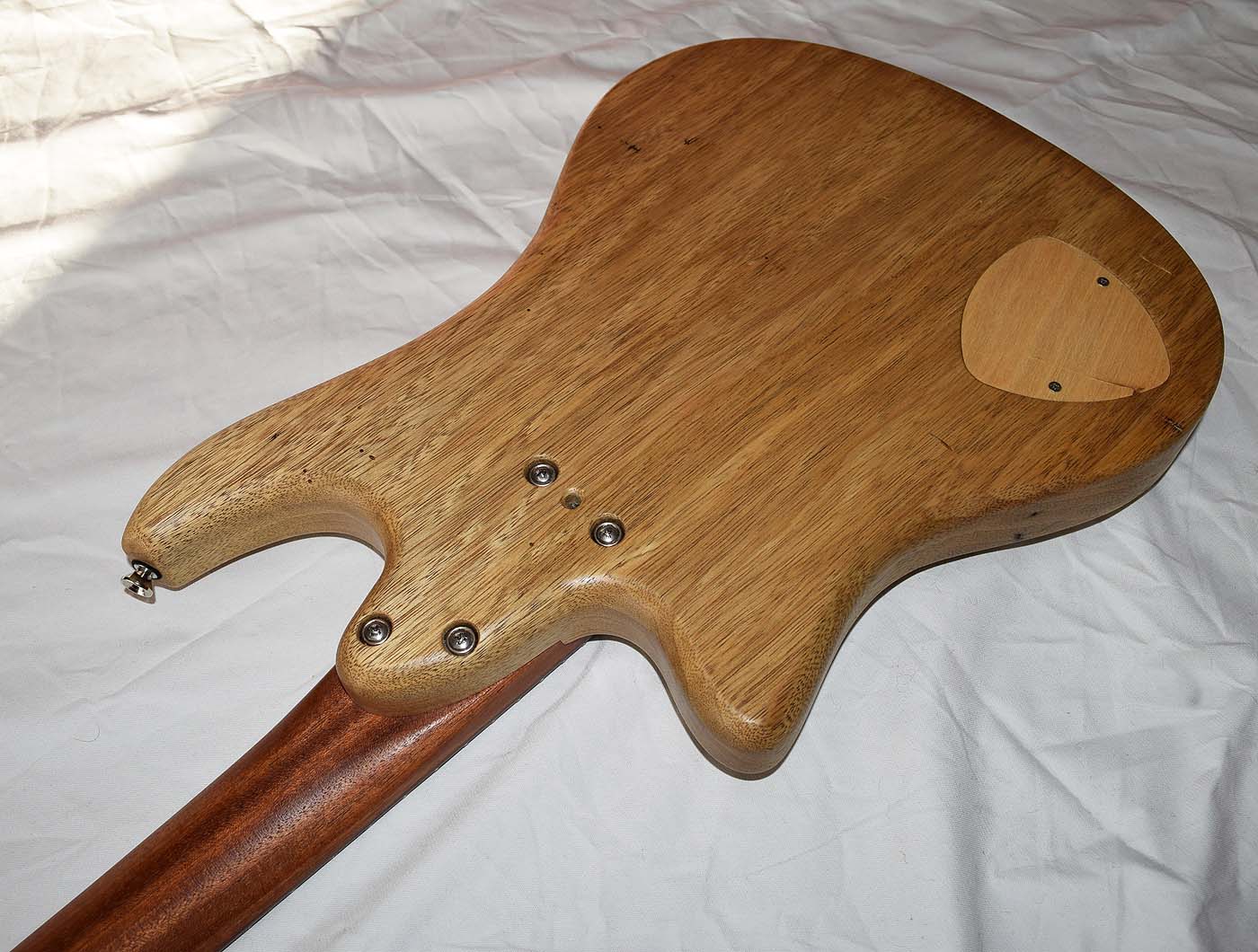
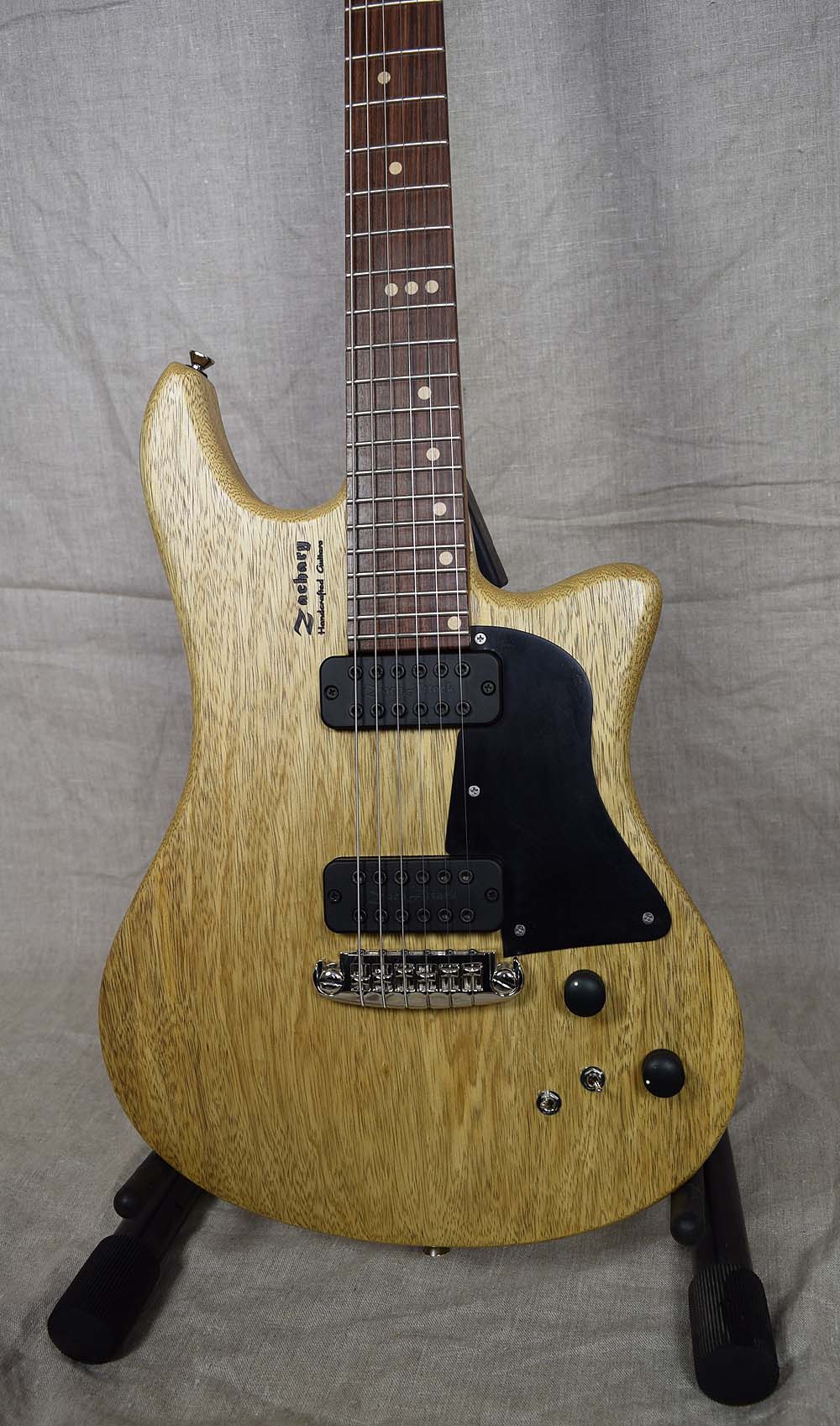
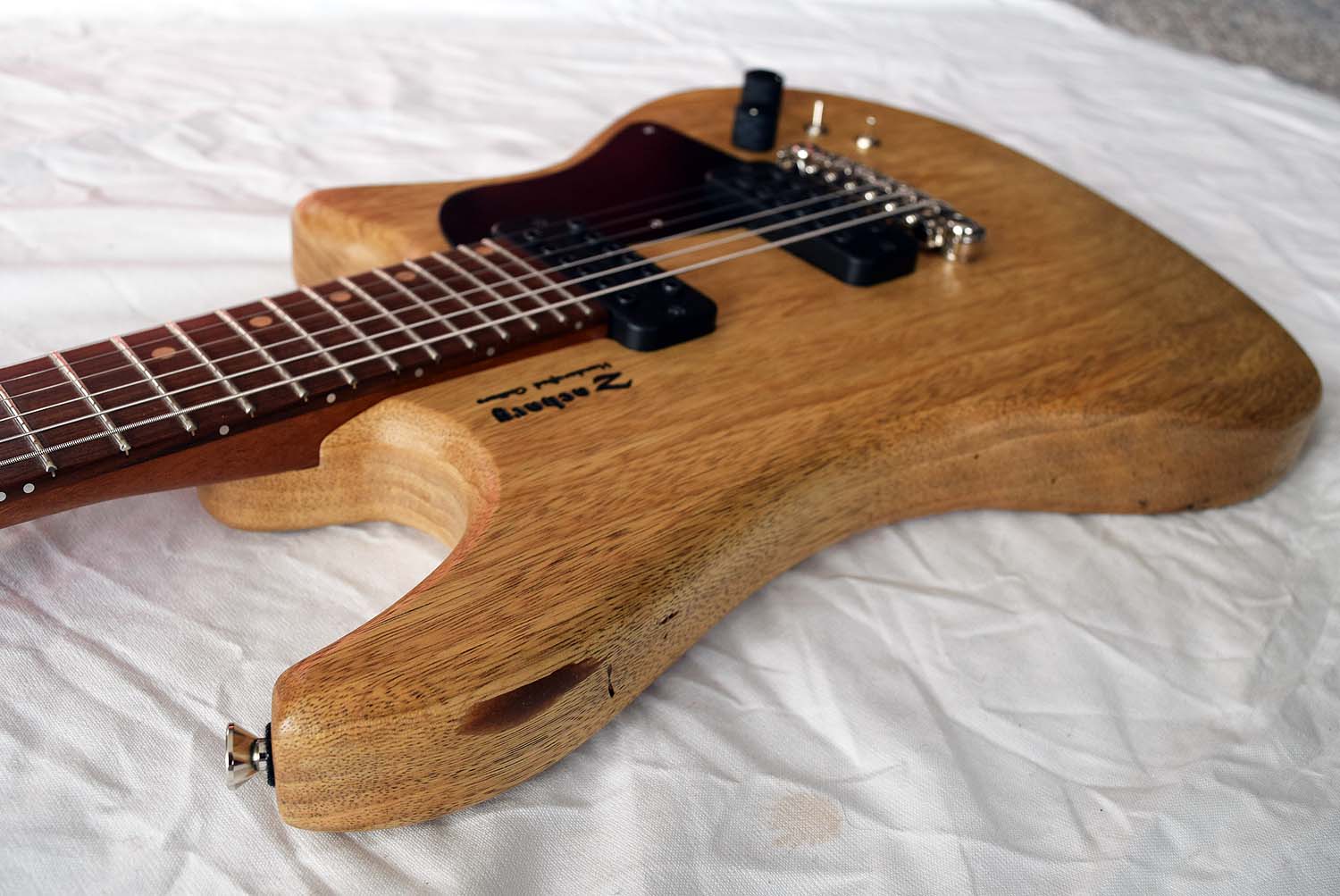
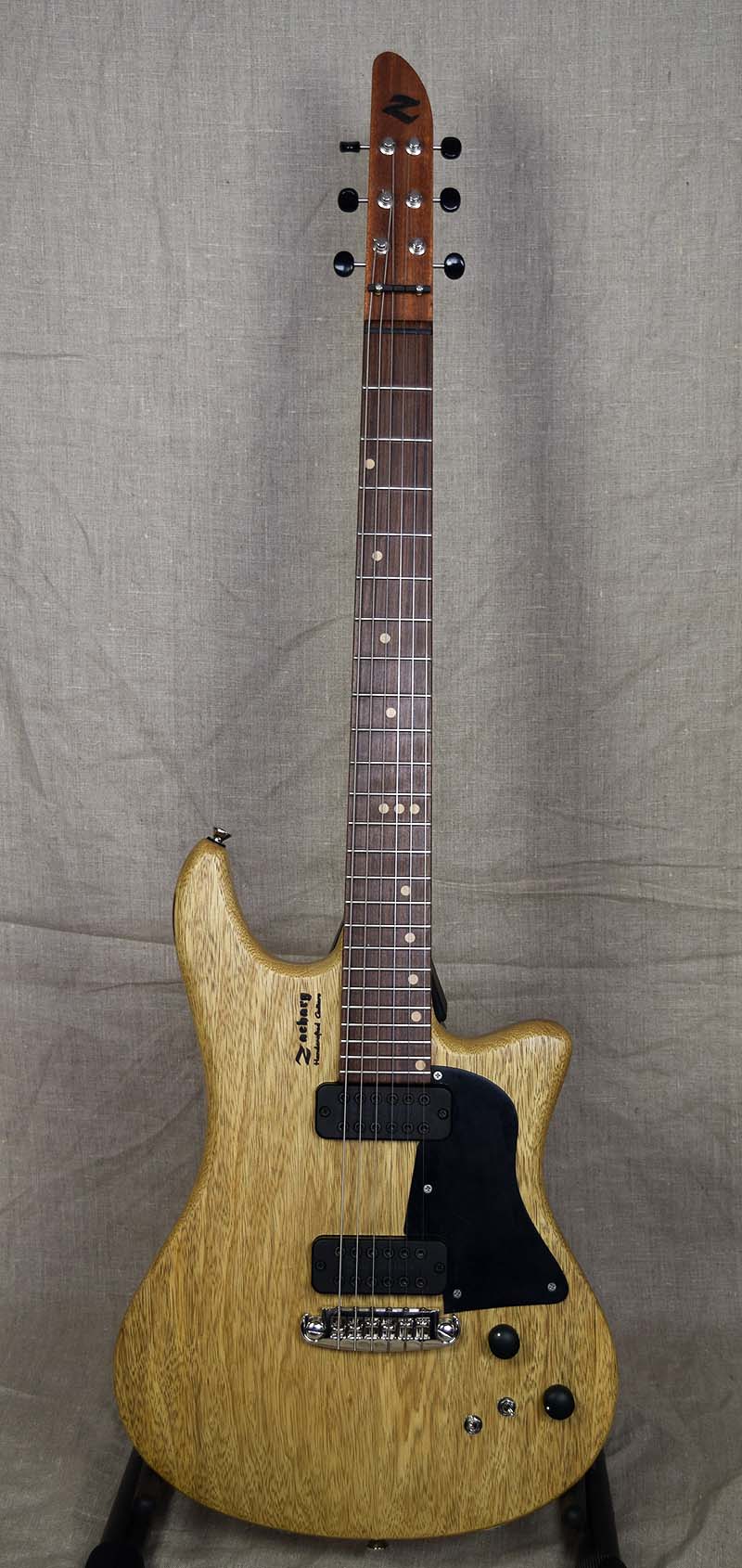
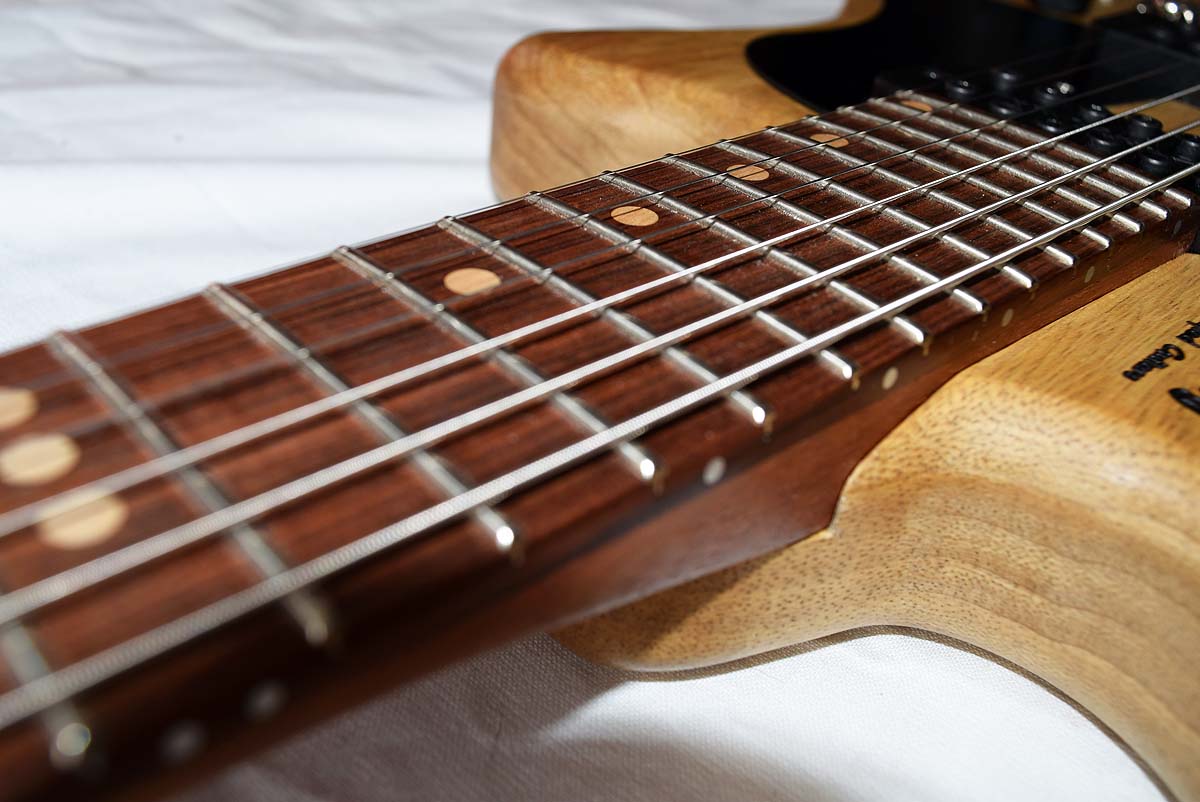
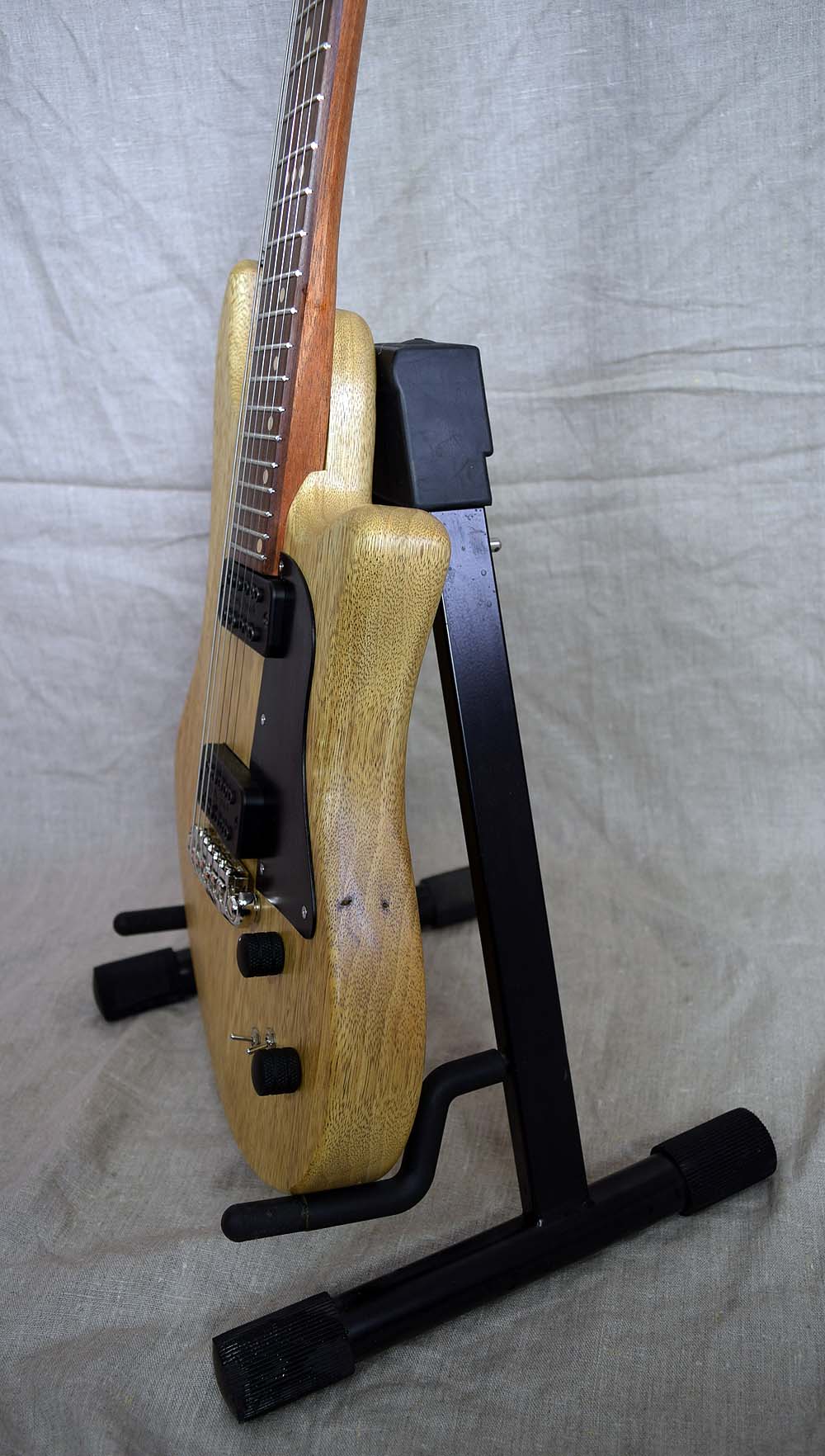
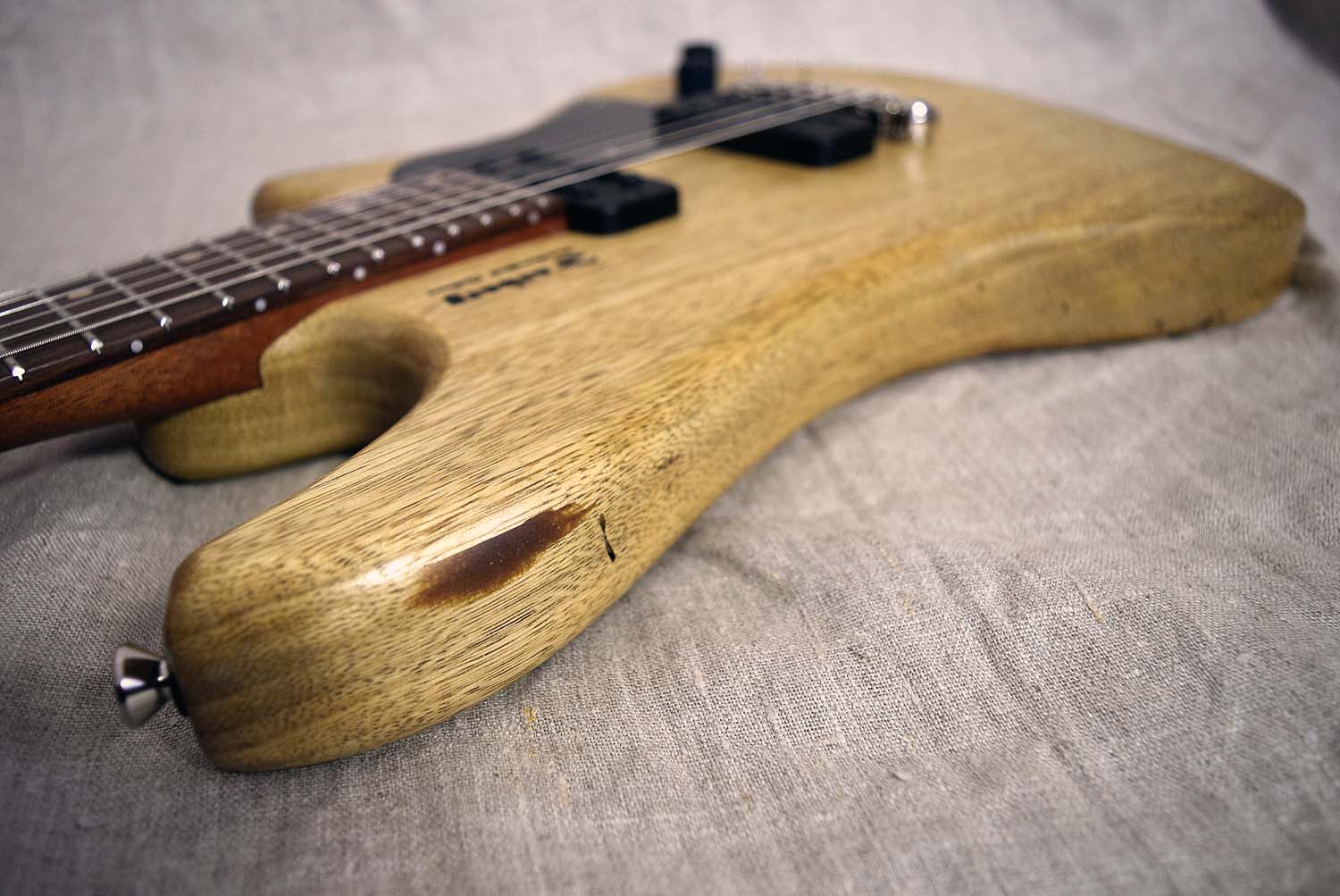
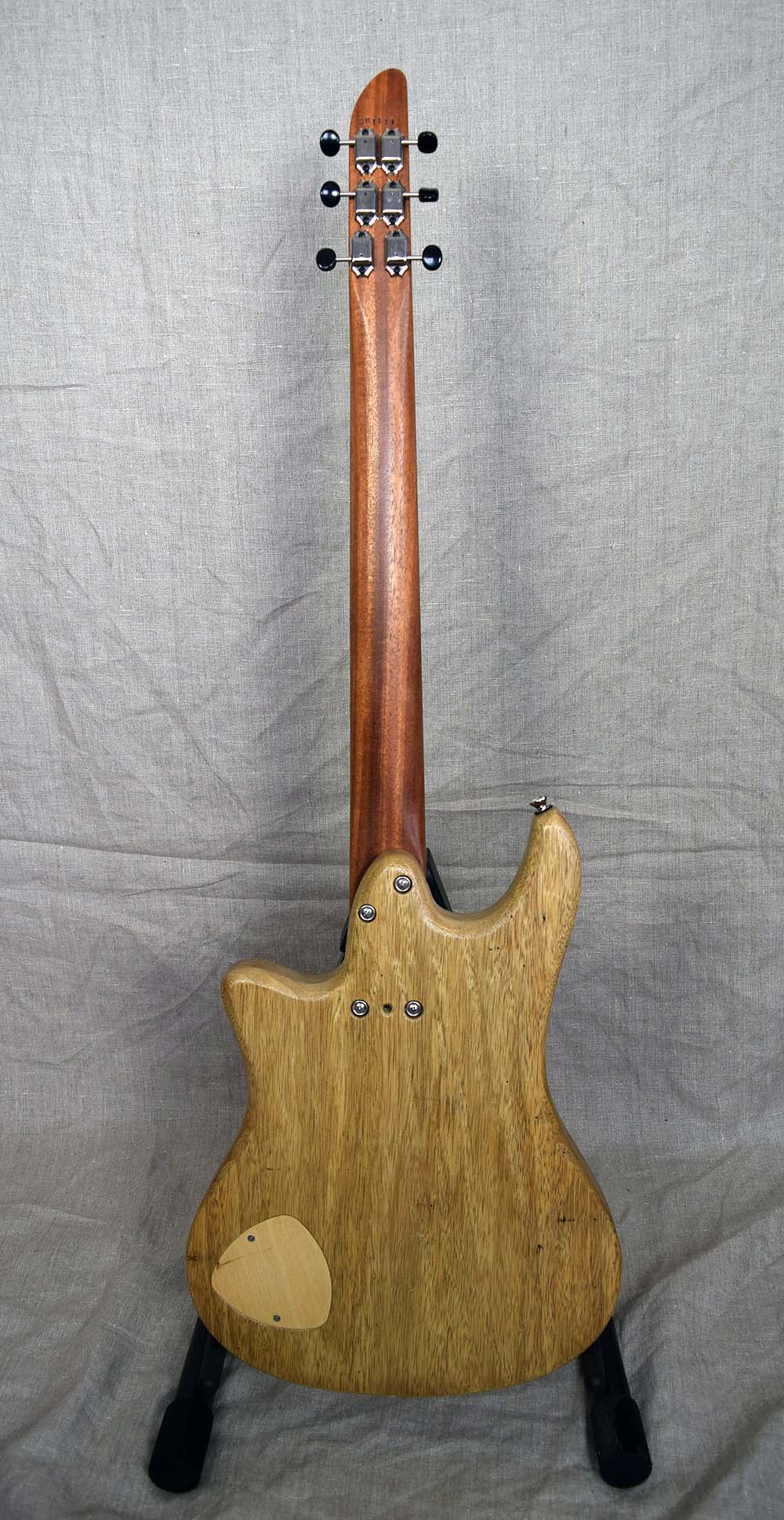
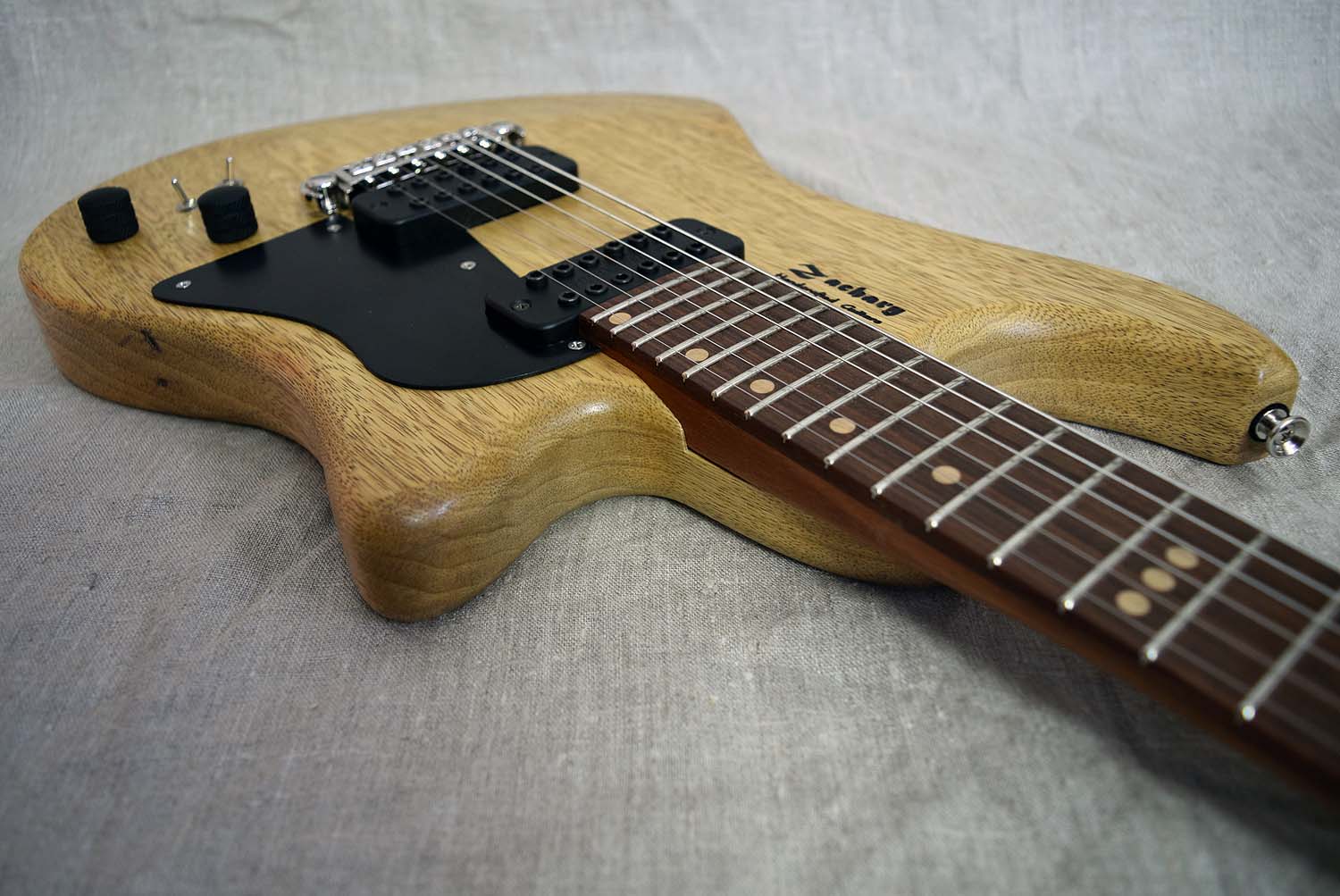
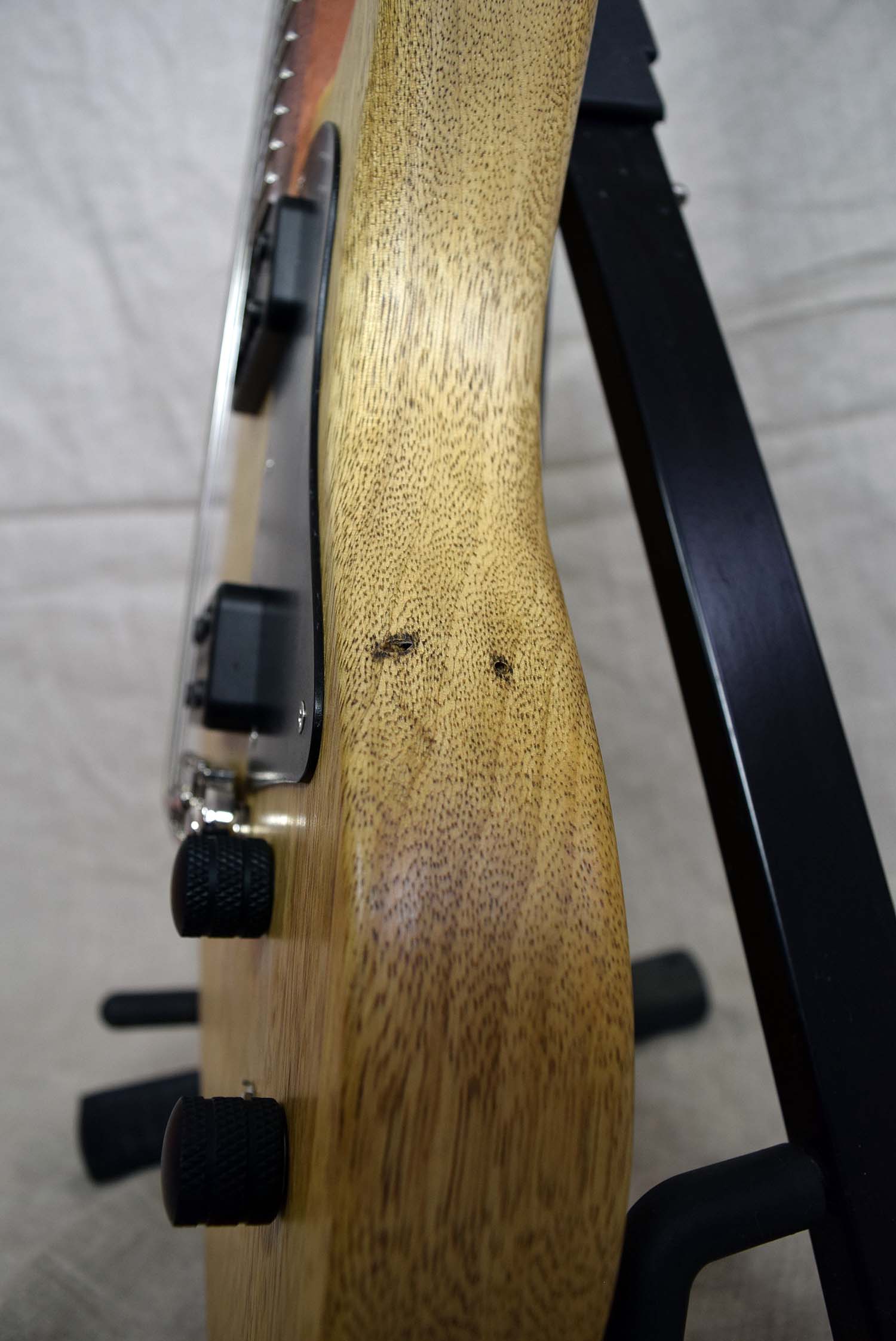
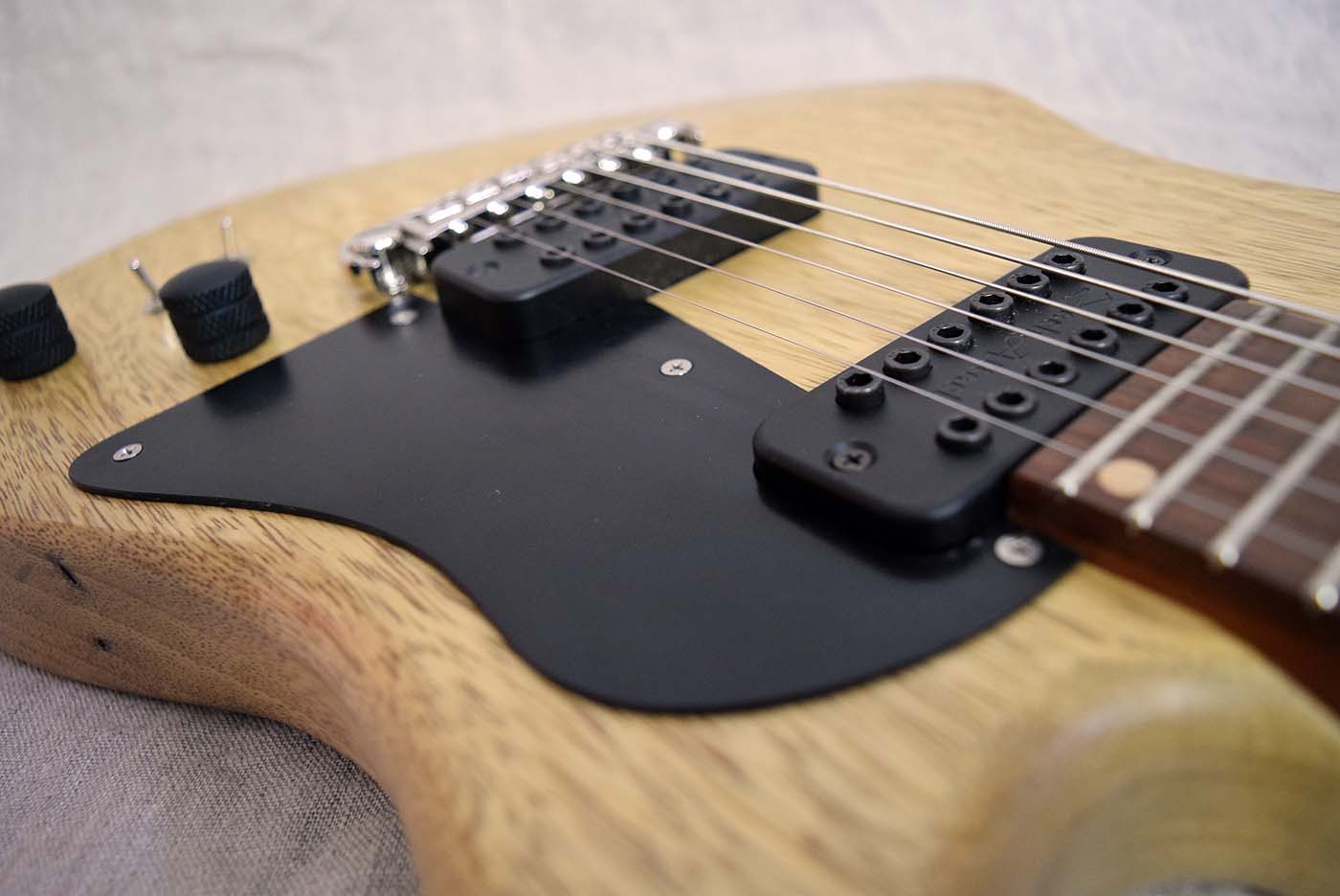
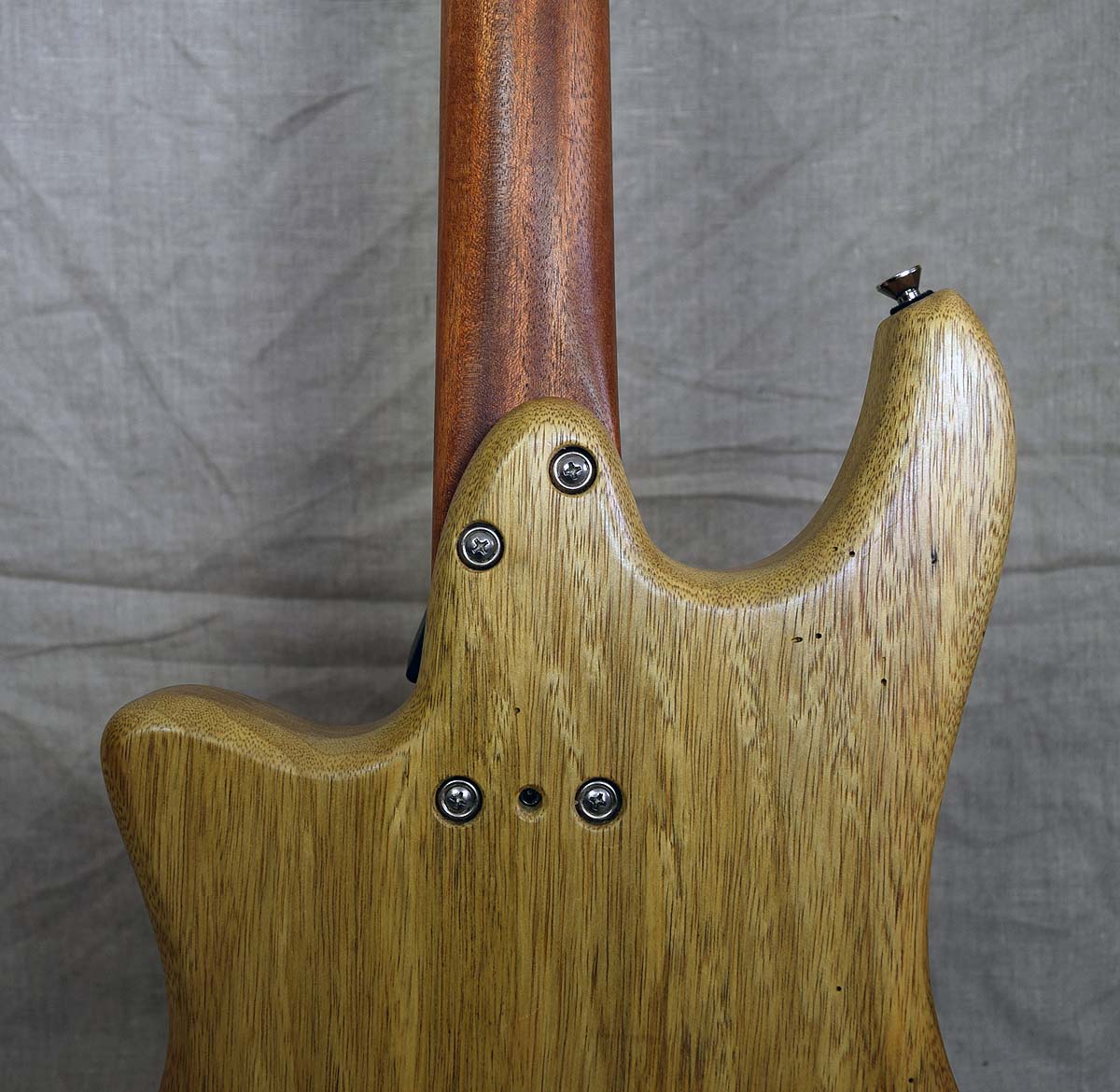
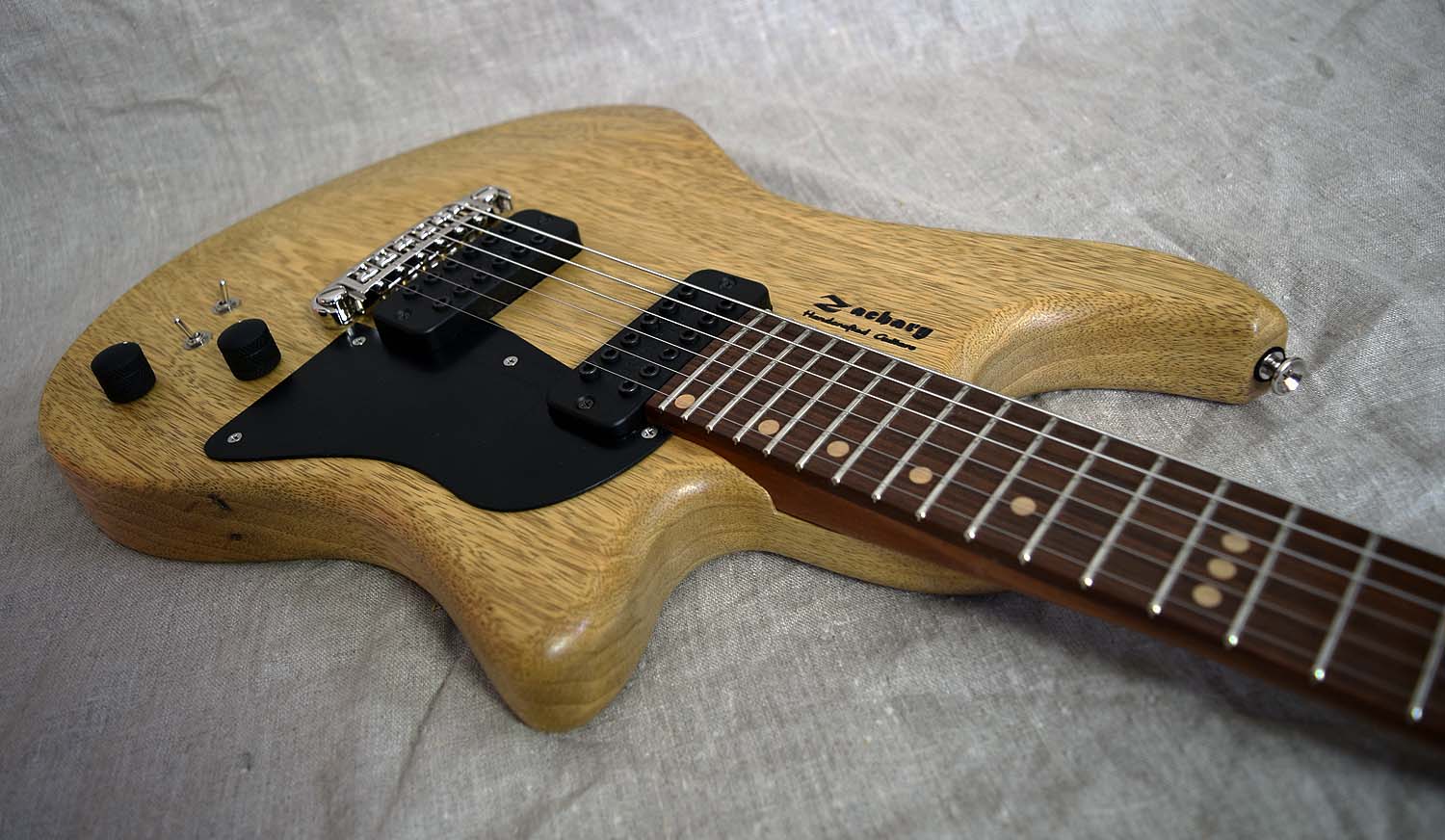
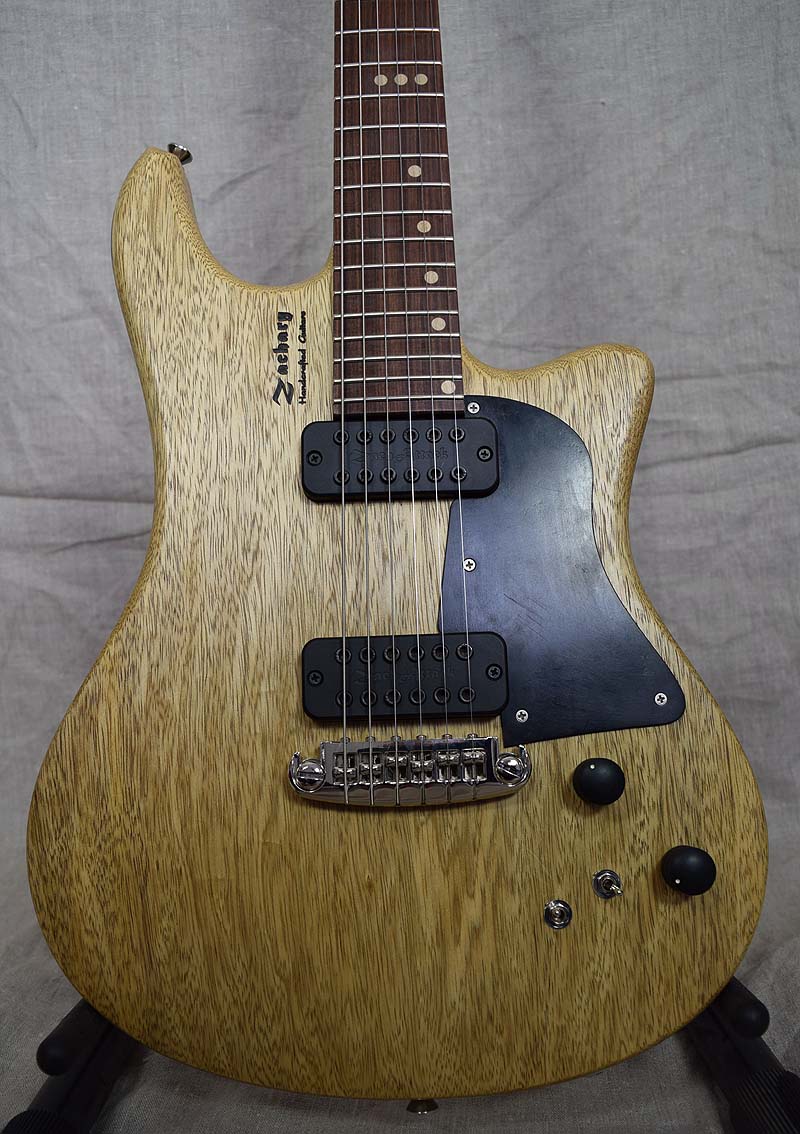
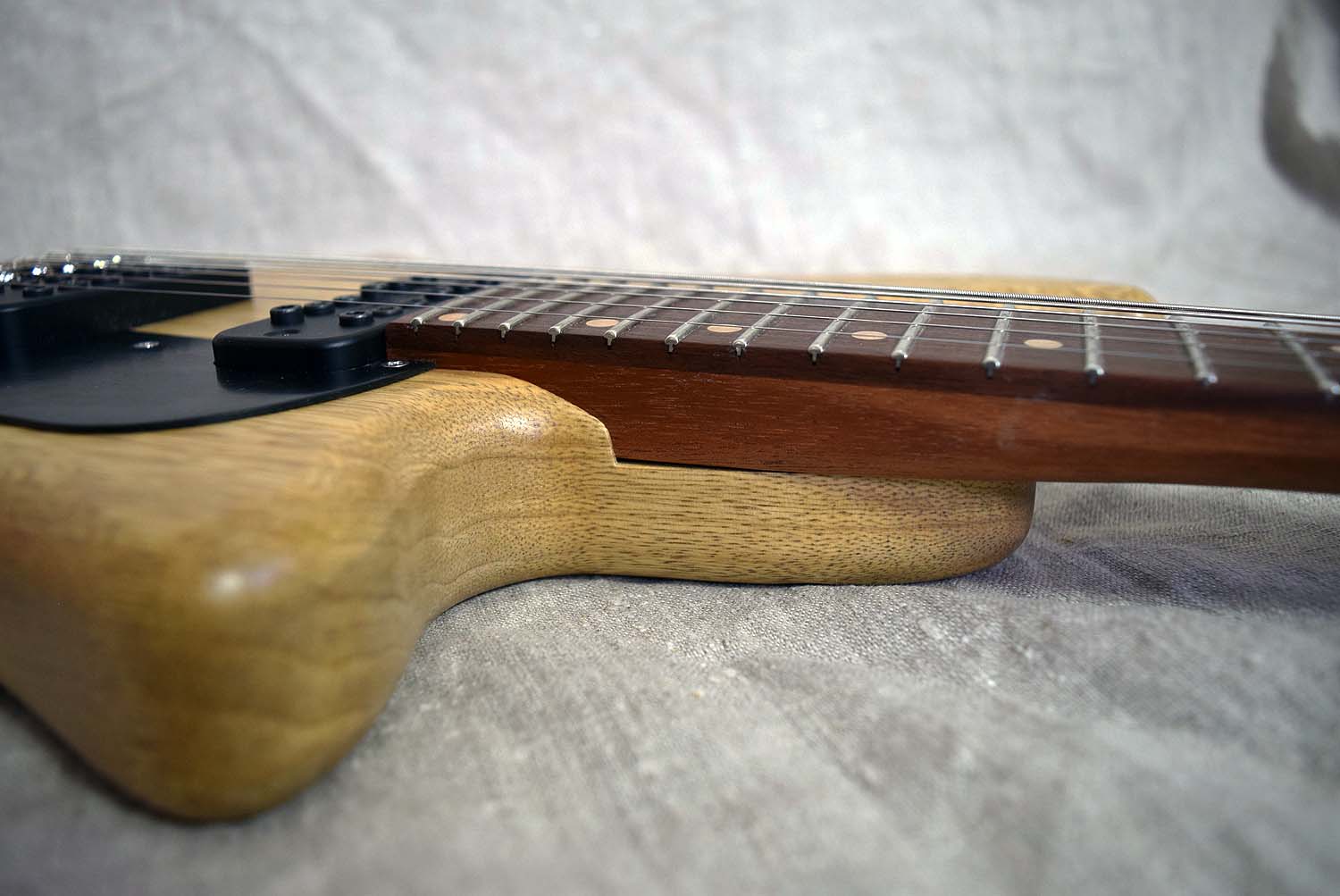
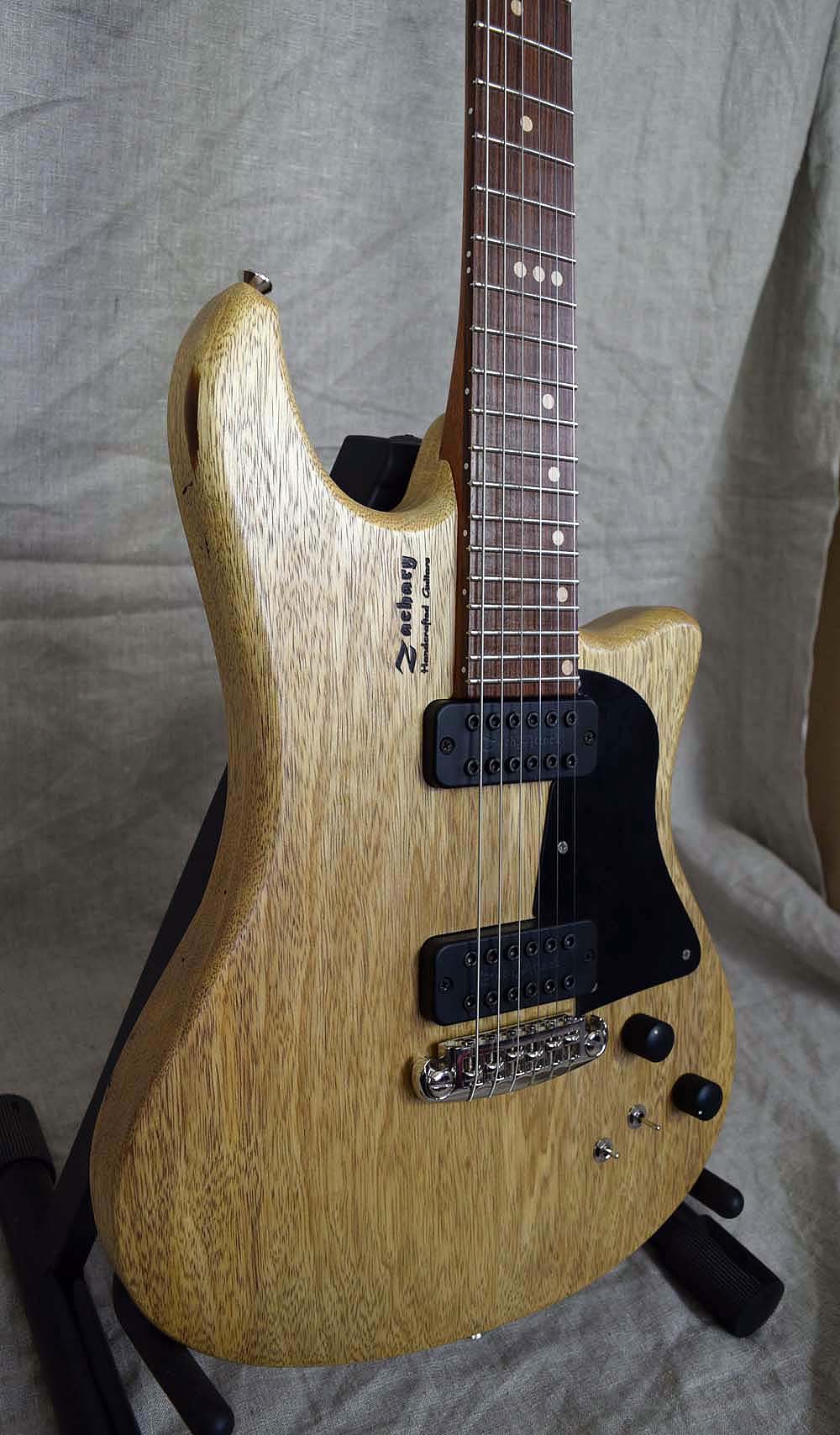
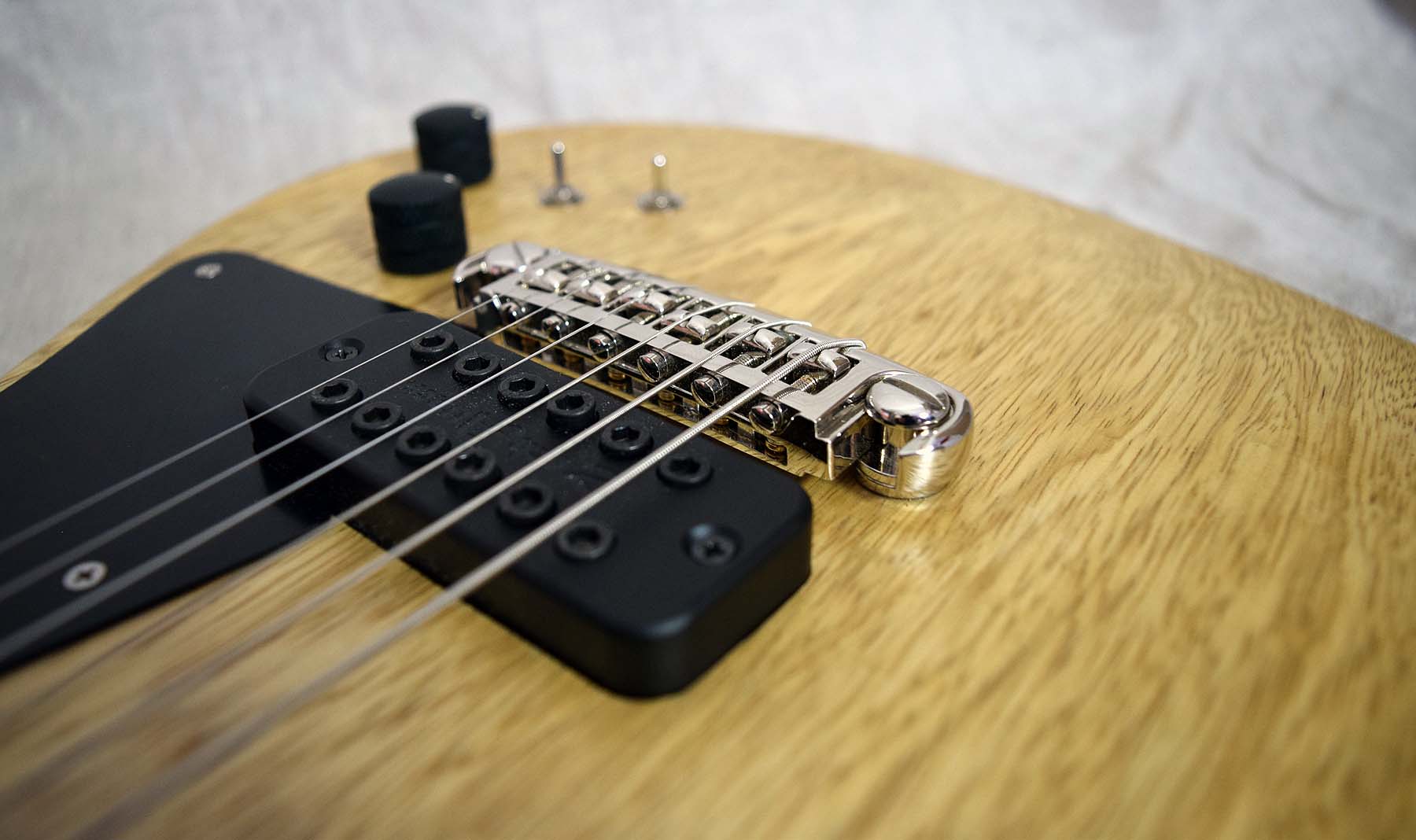
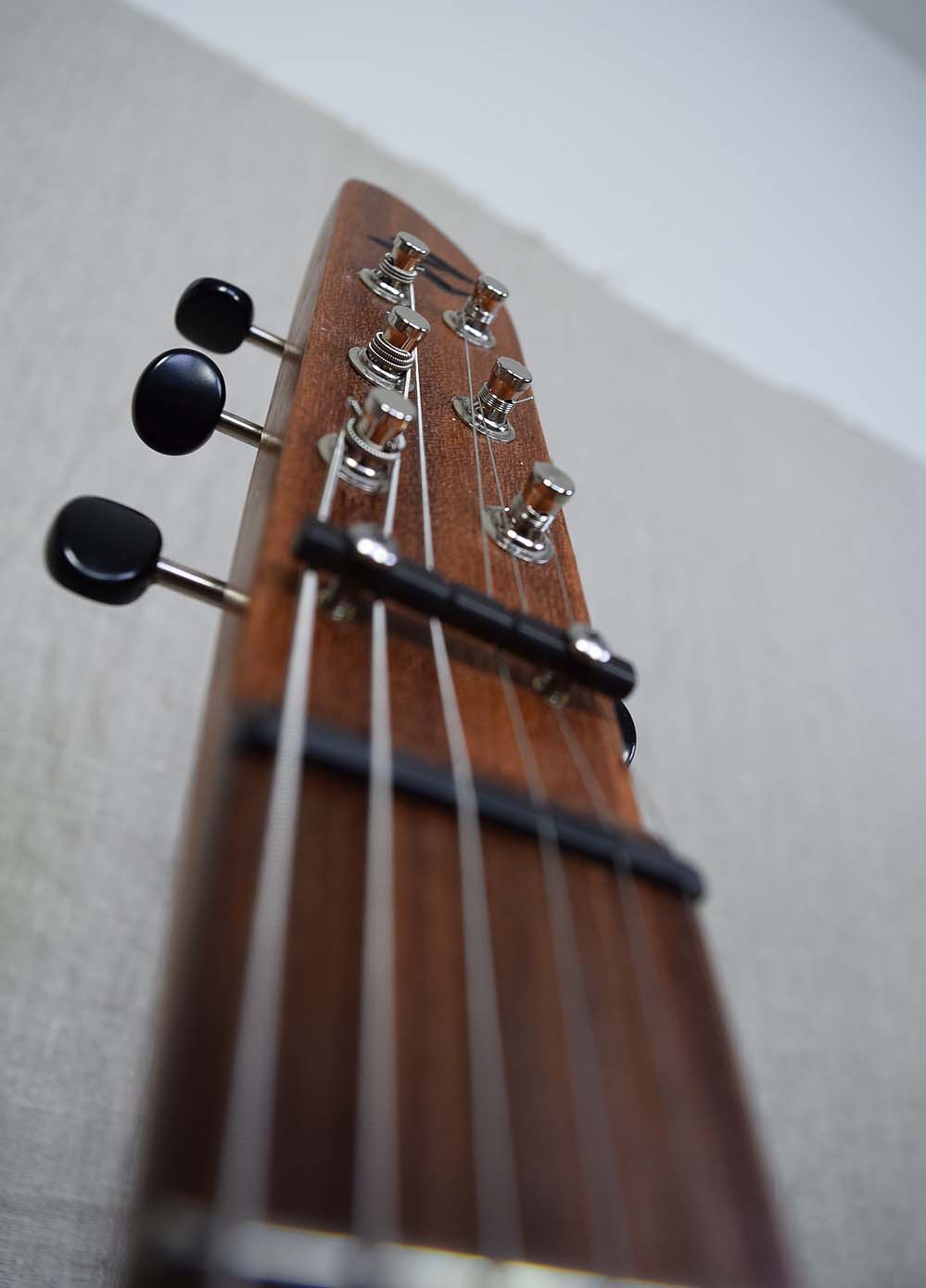
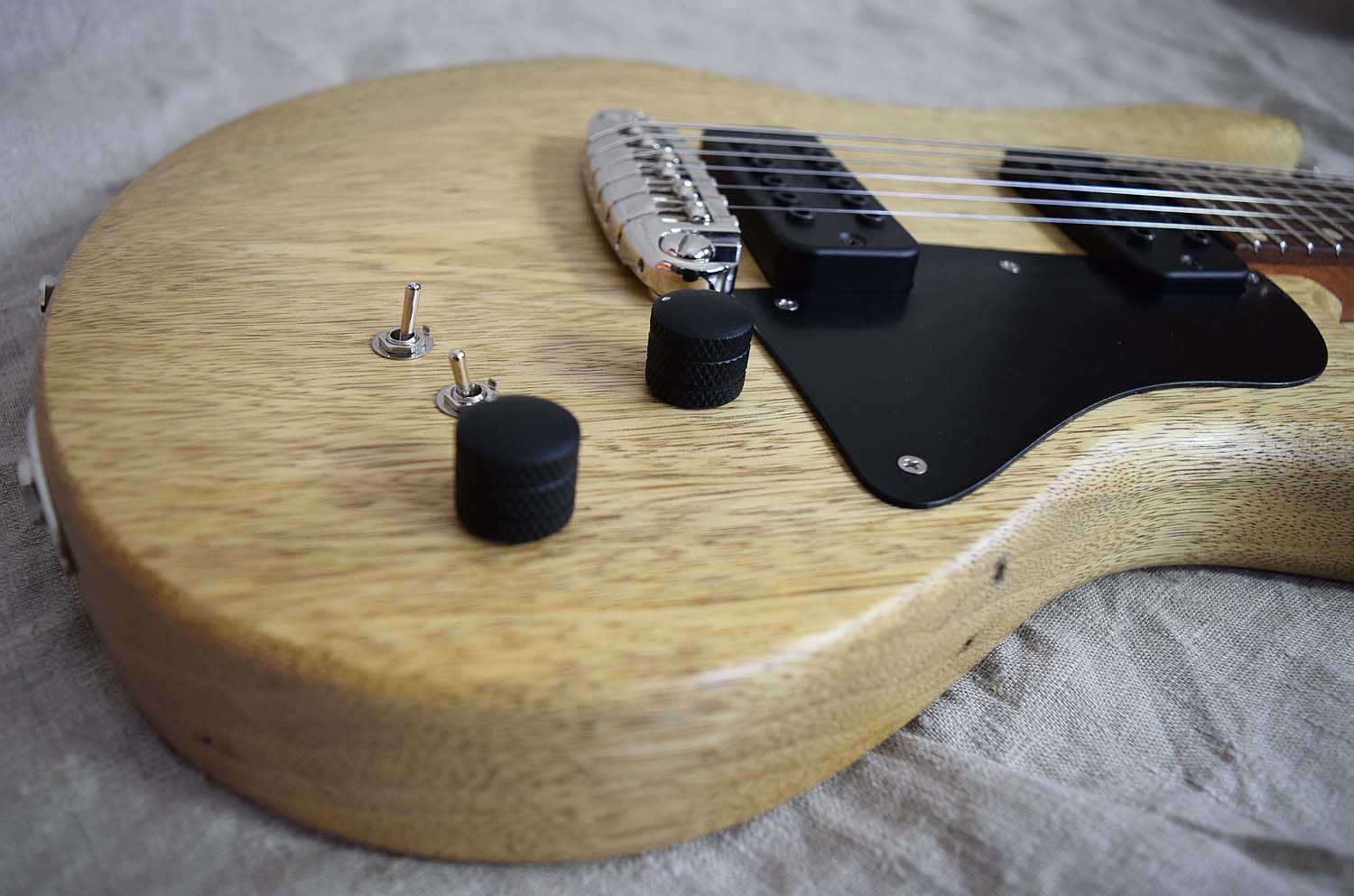
Gibson Les Paul Explorer Flying V Korina vintage guitar